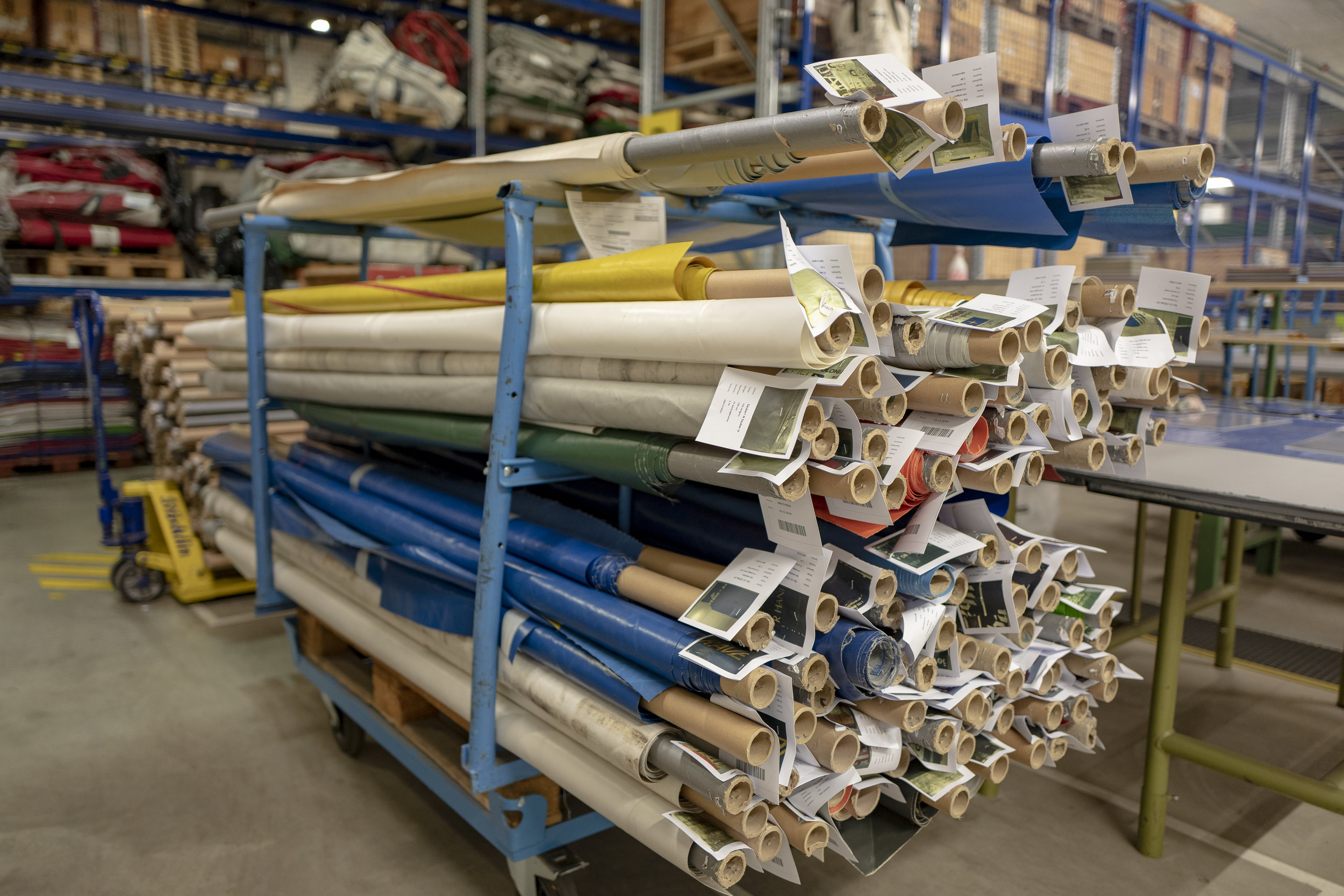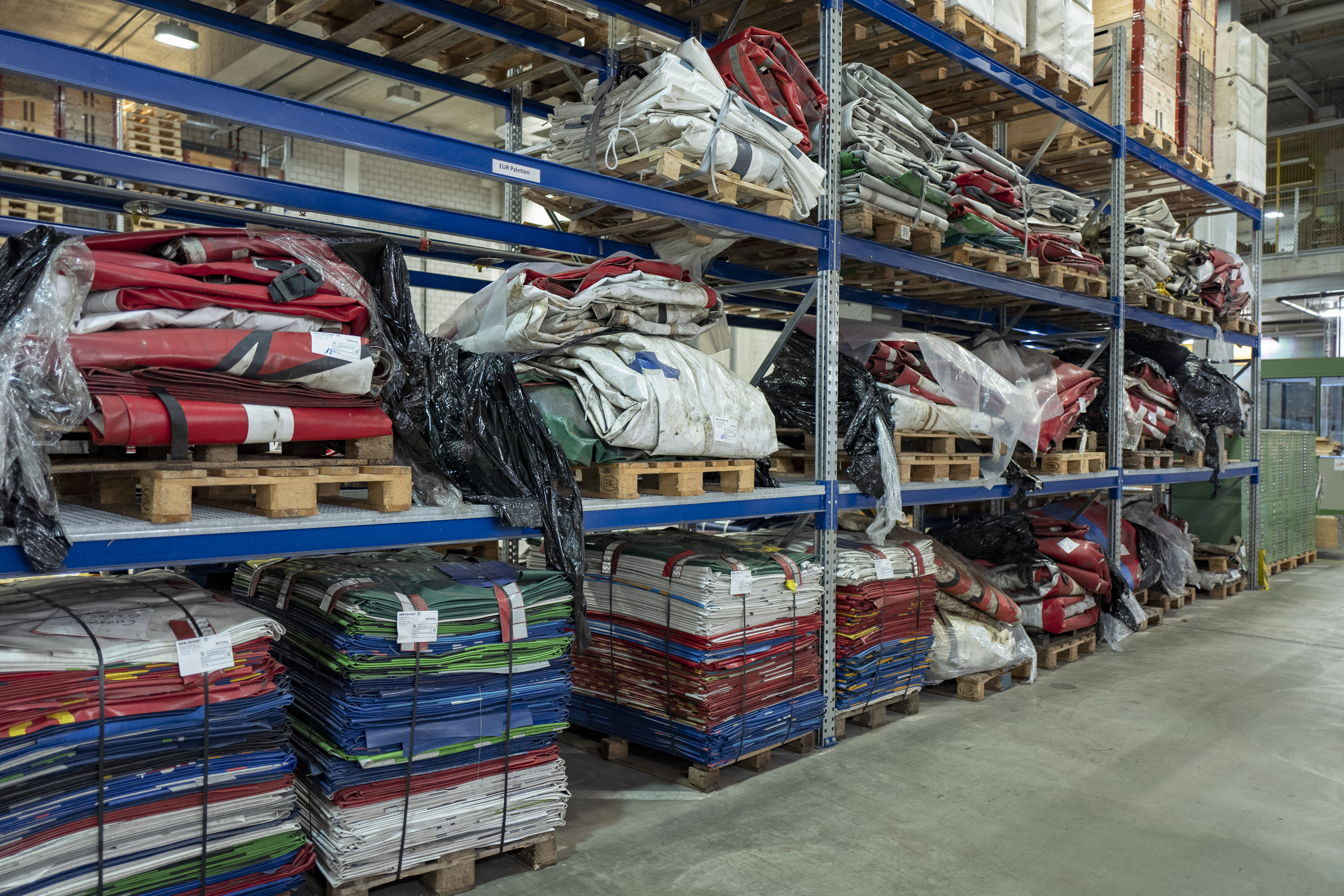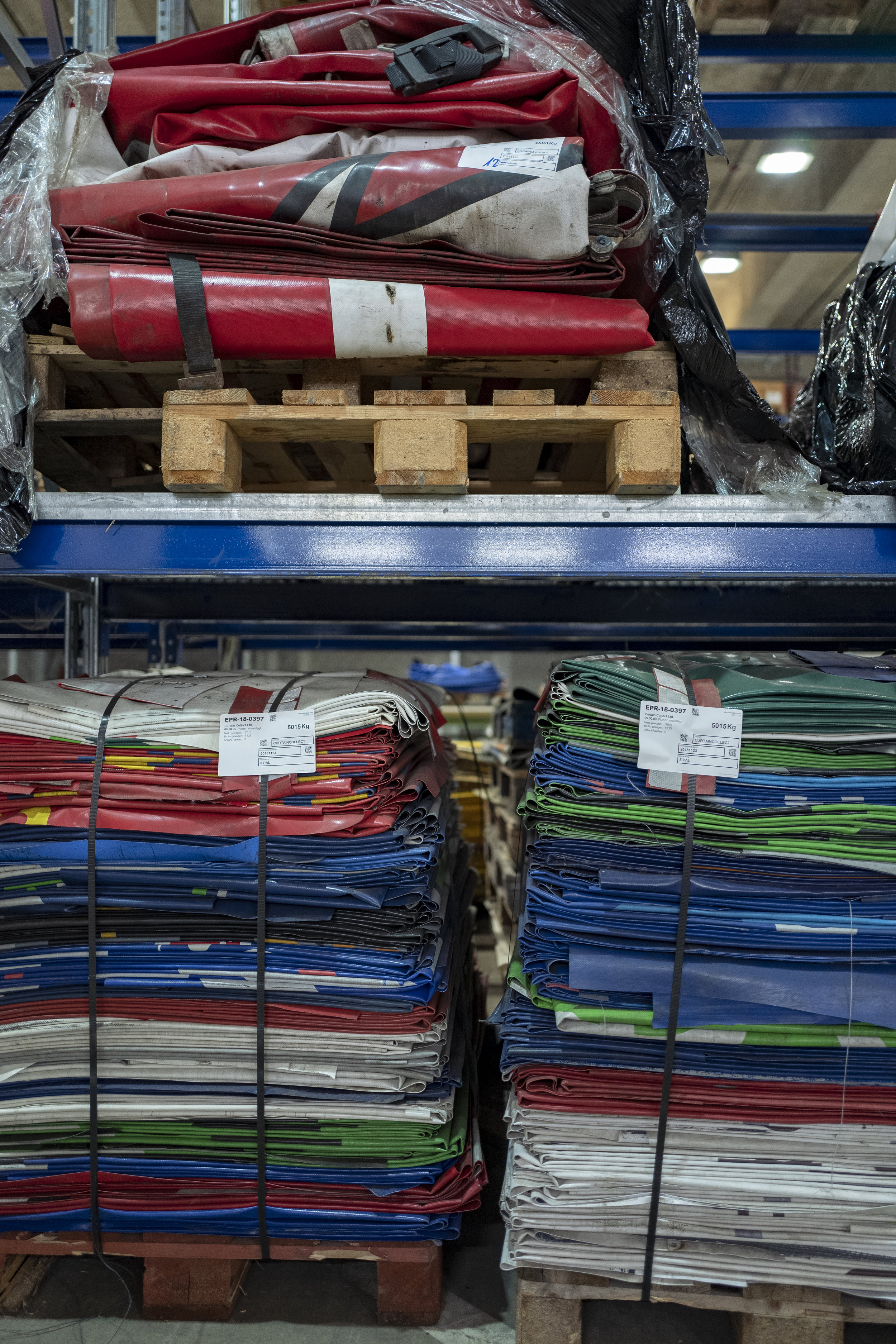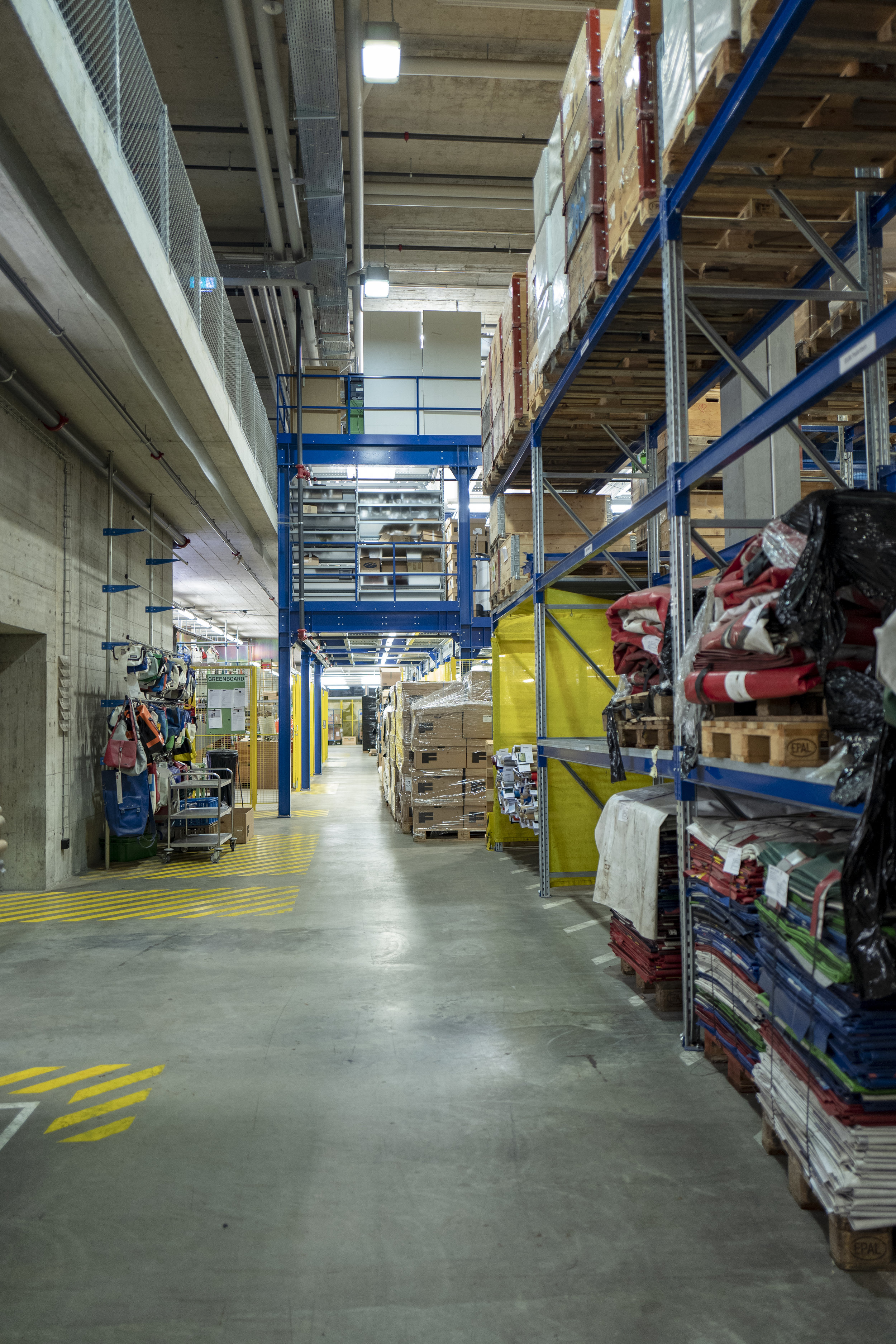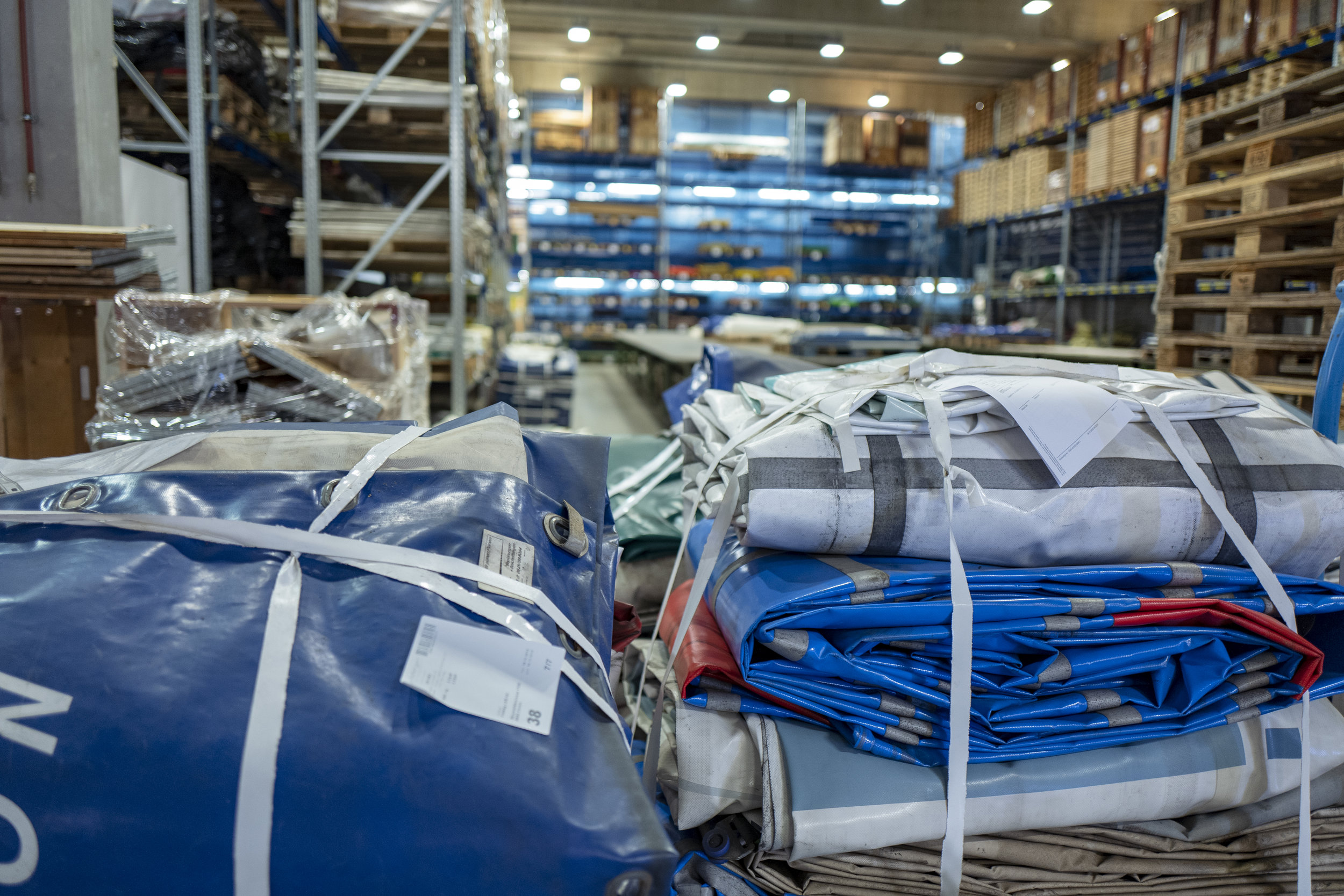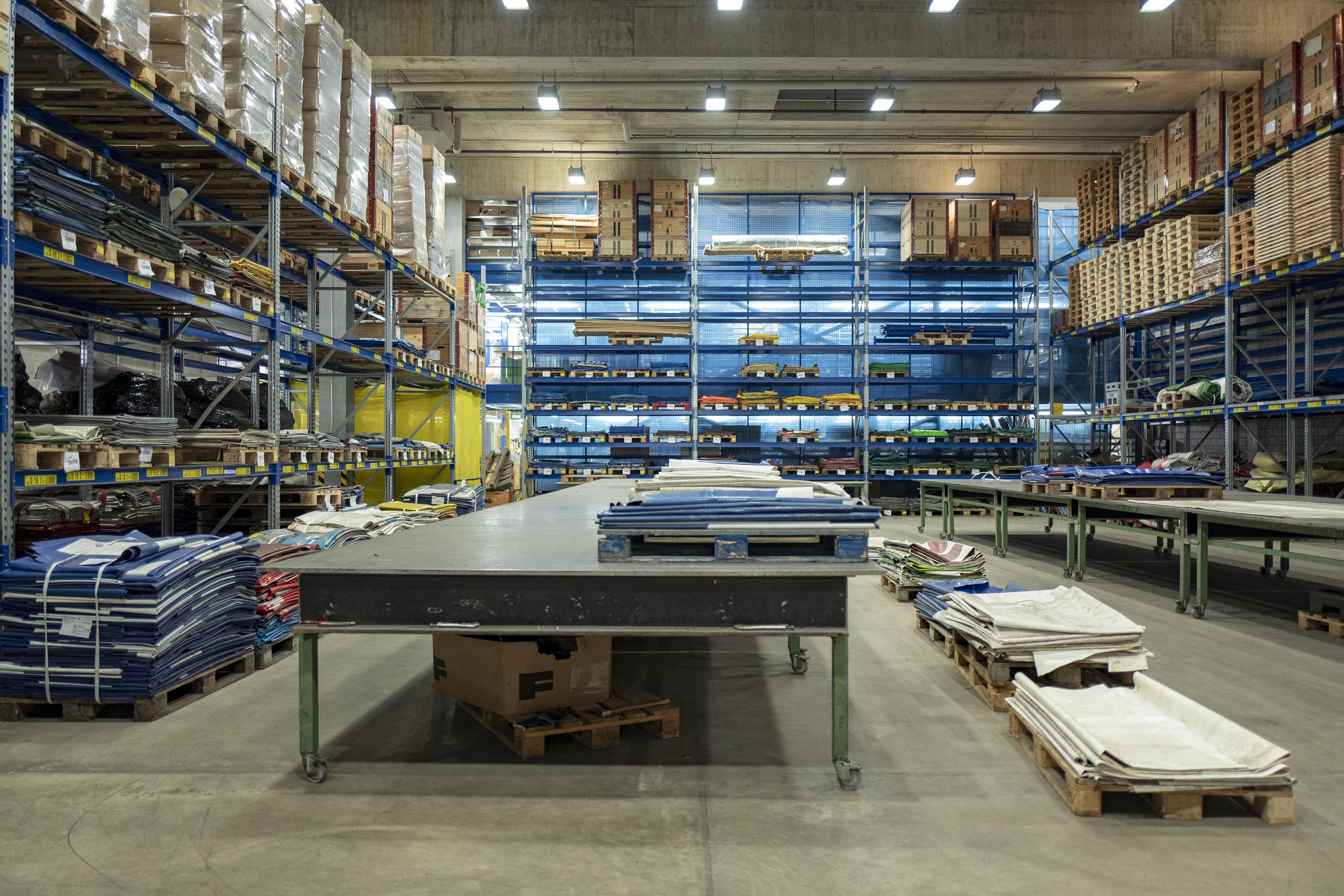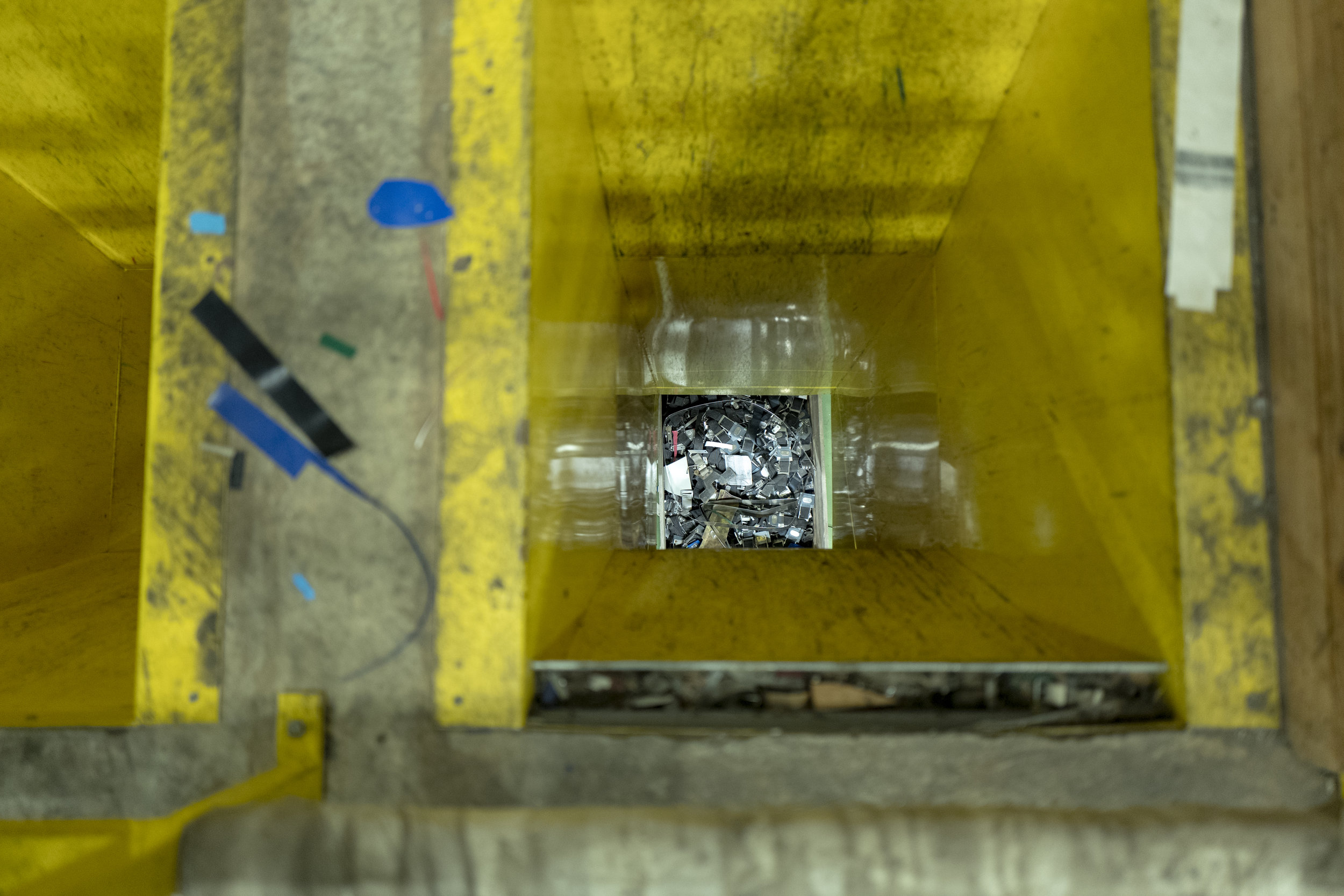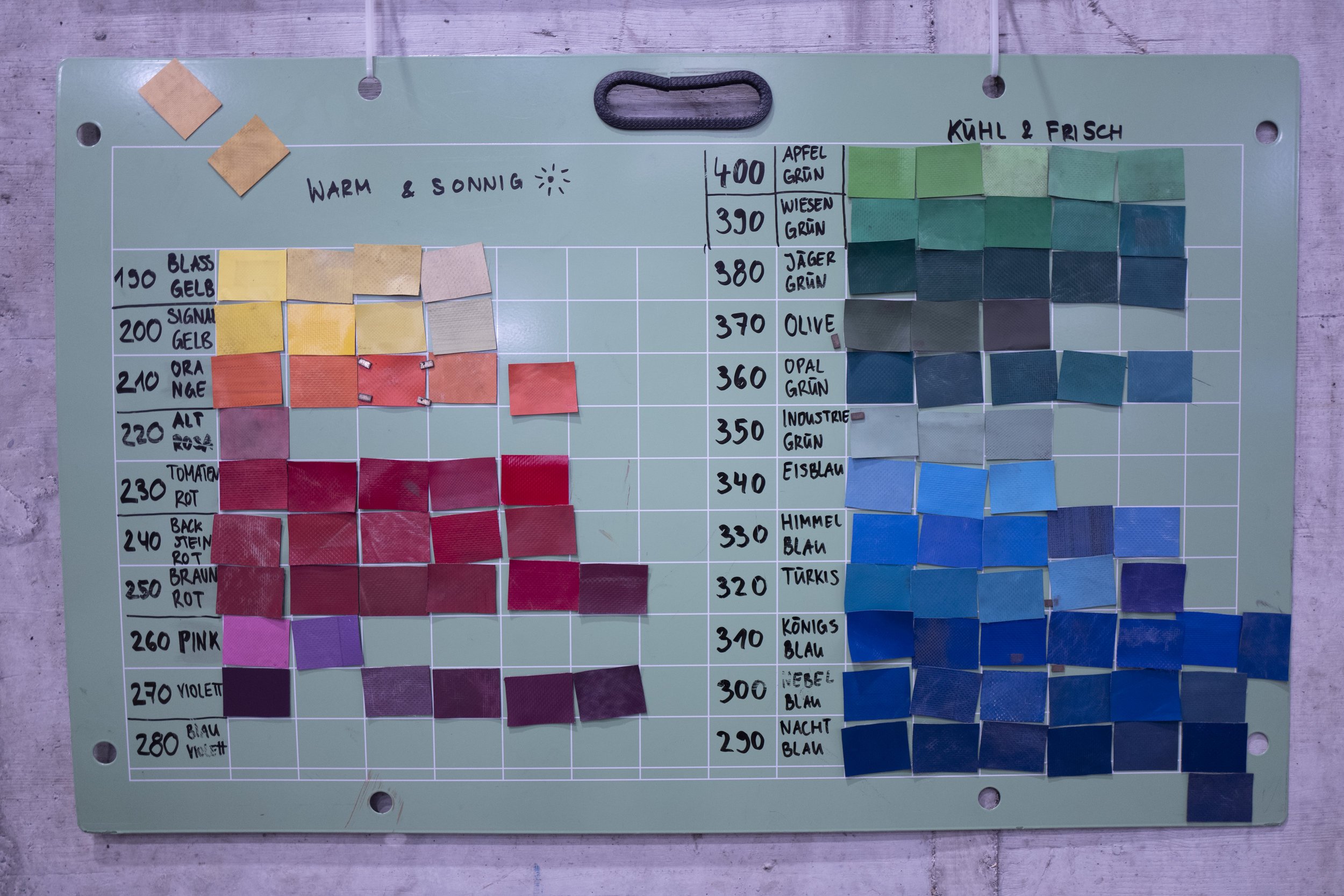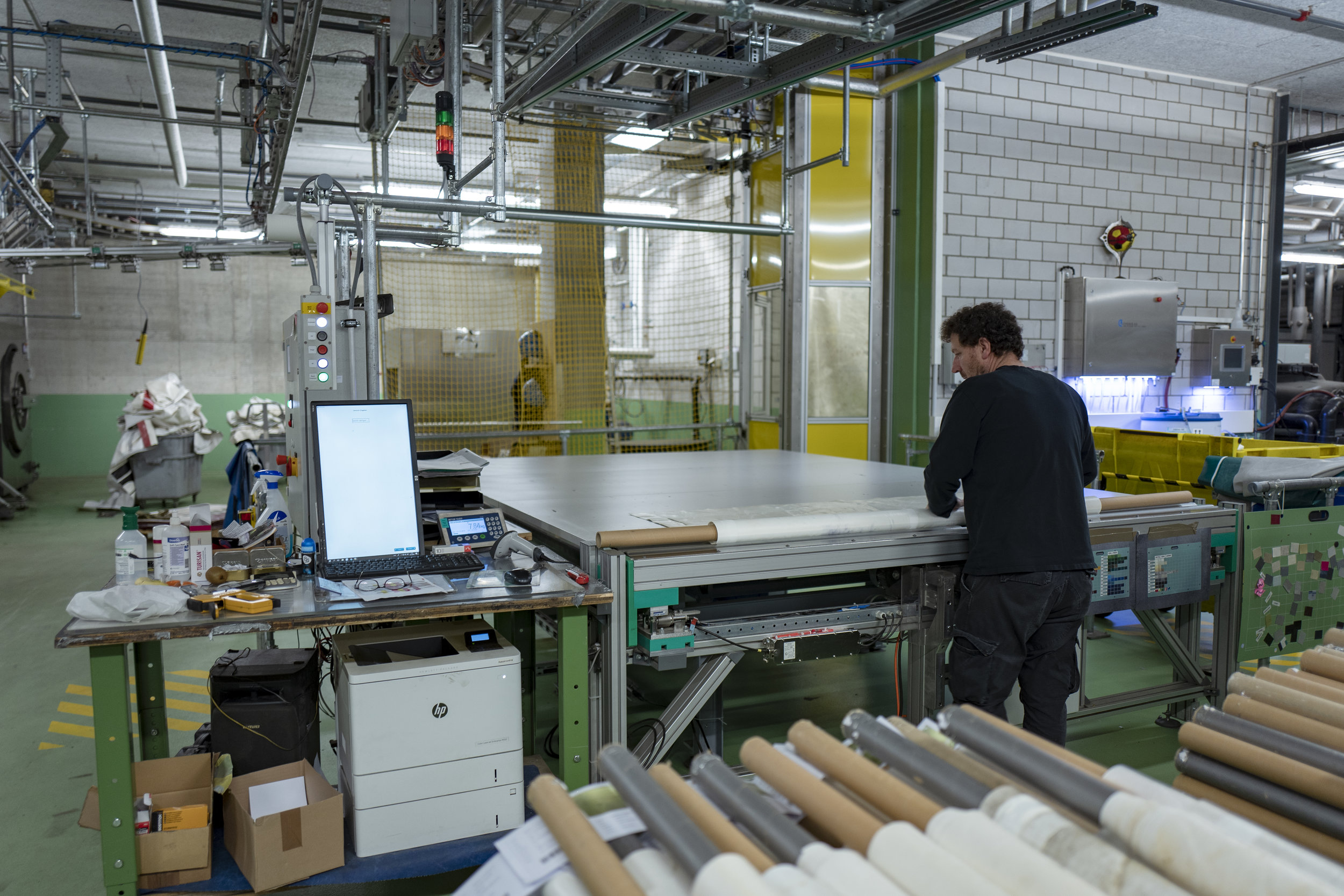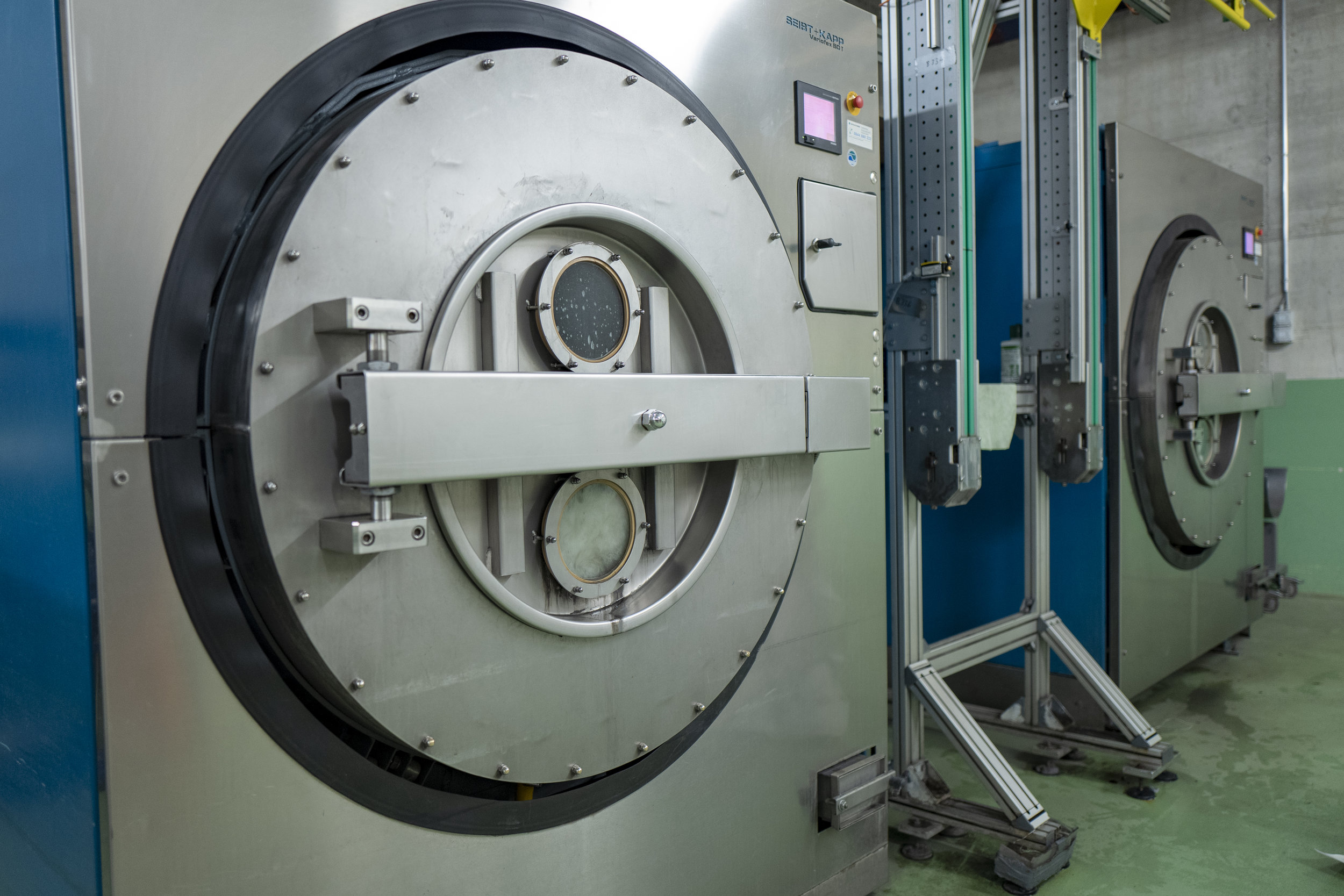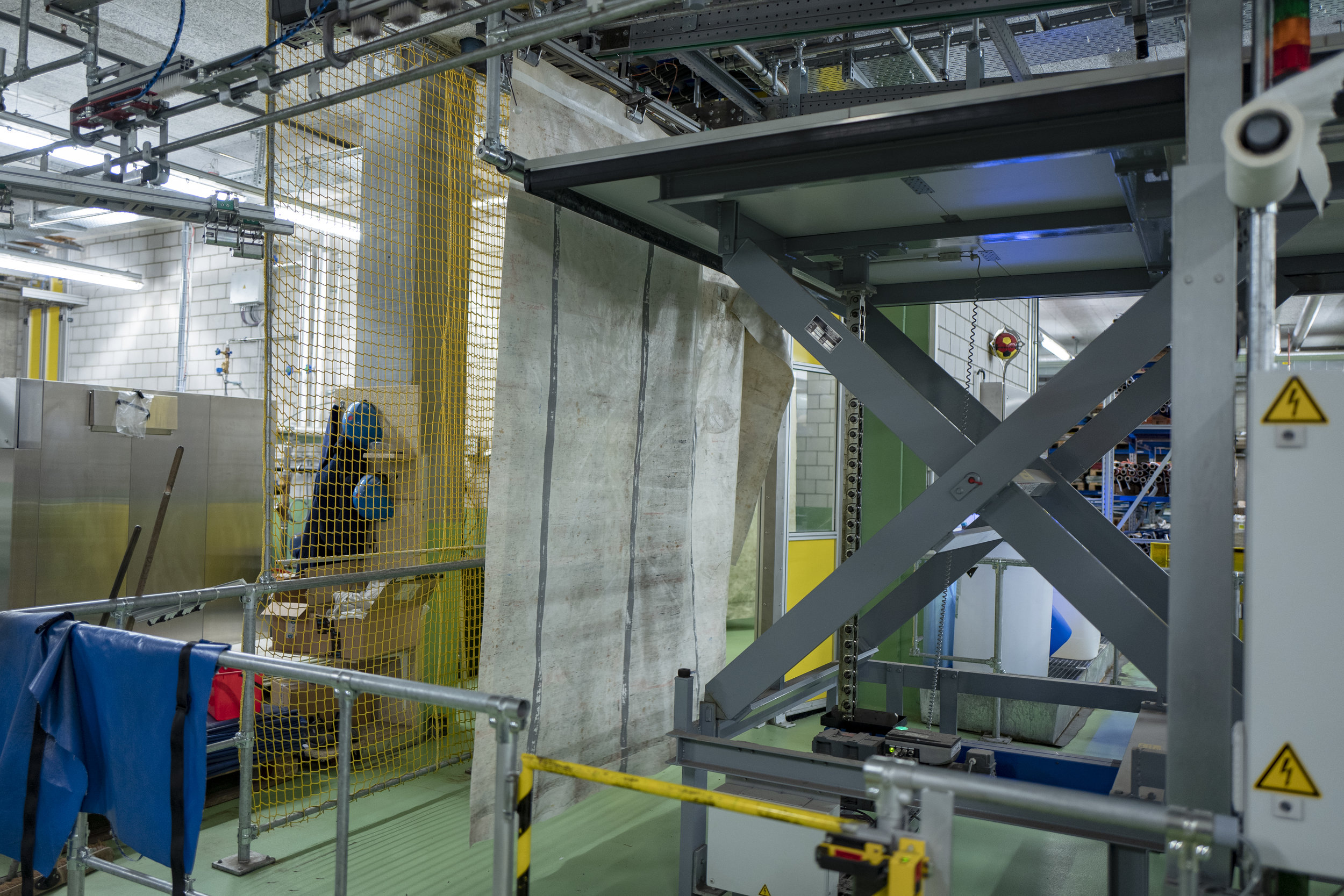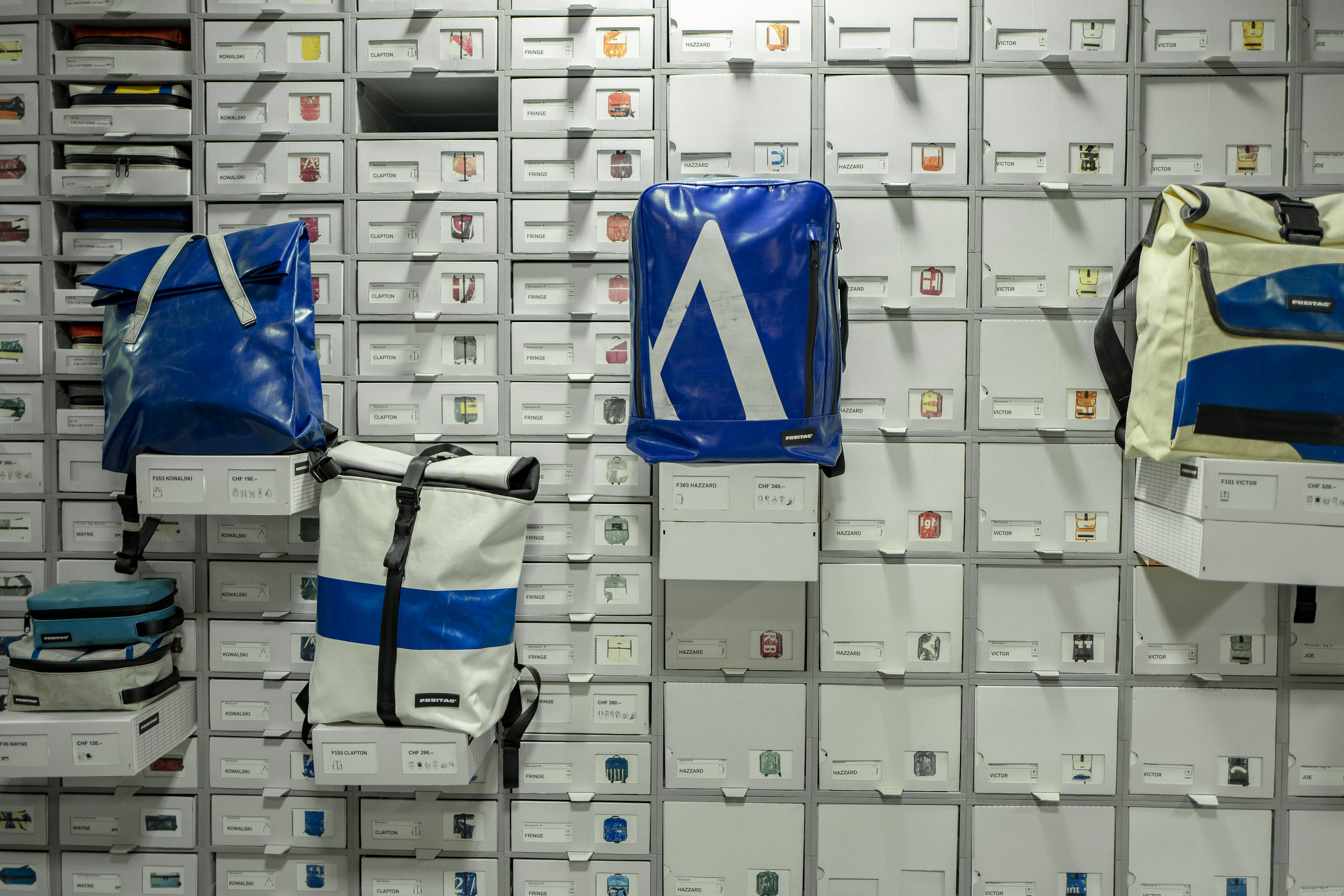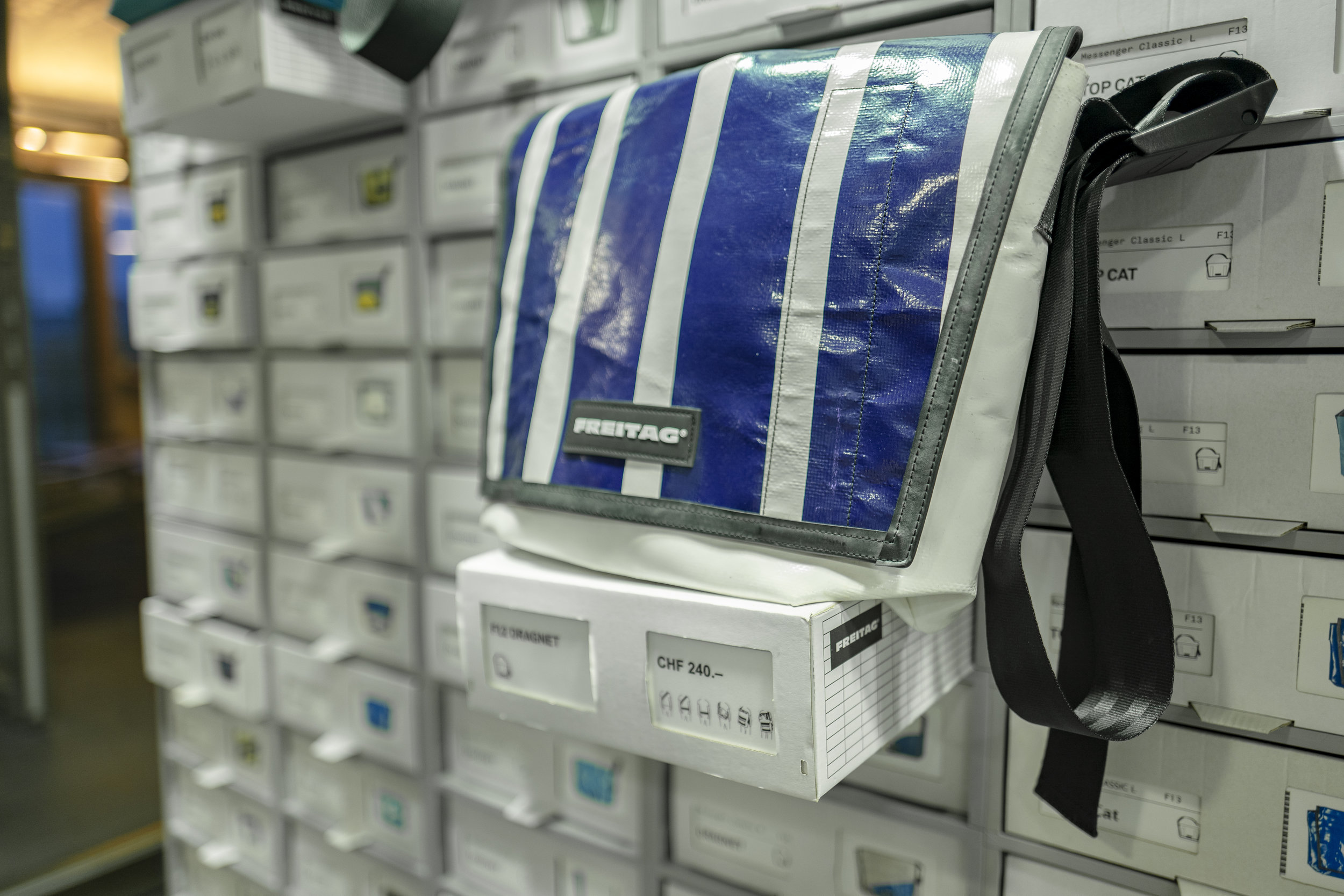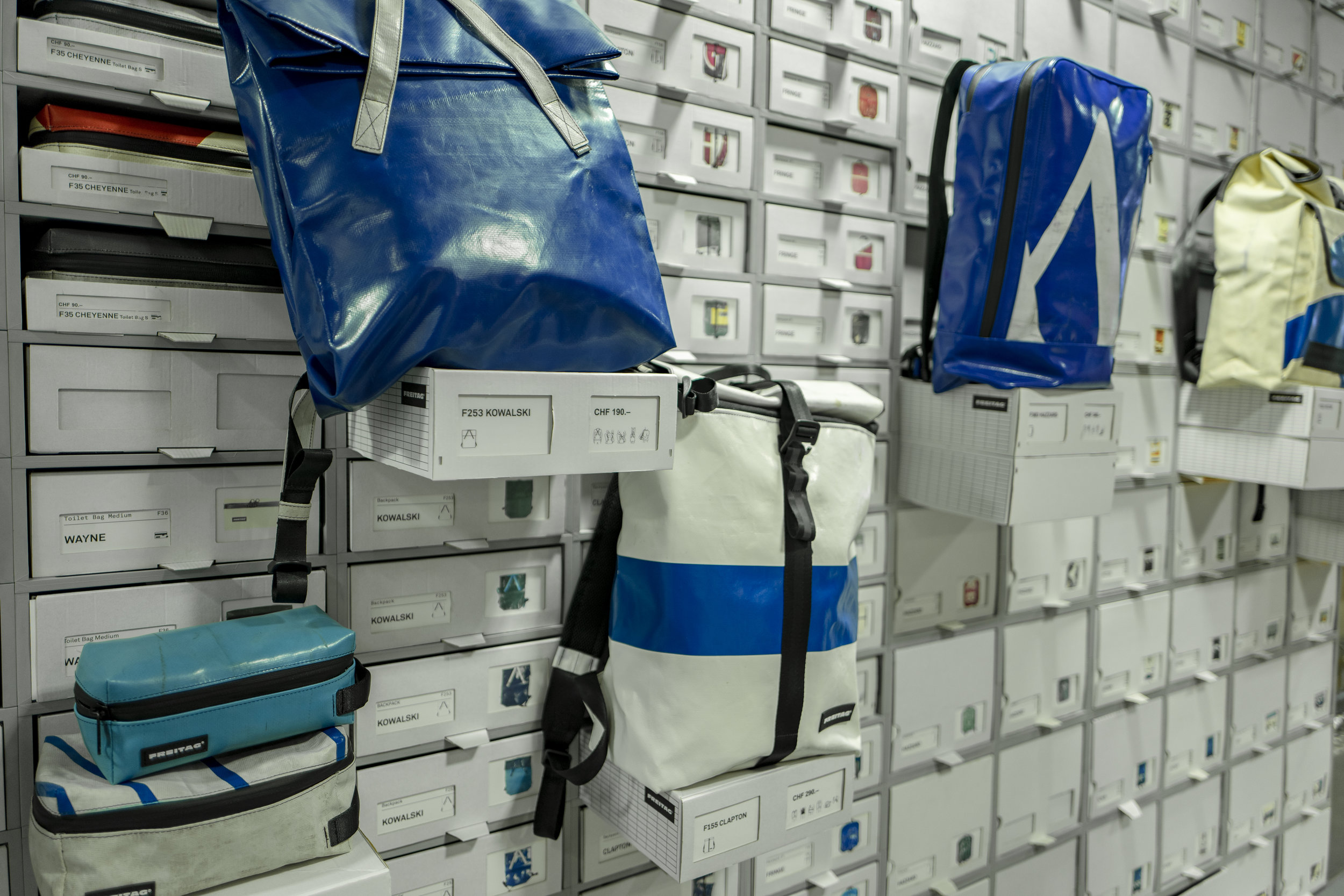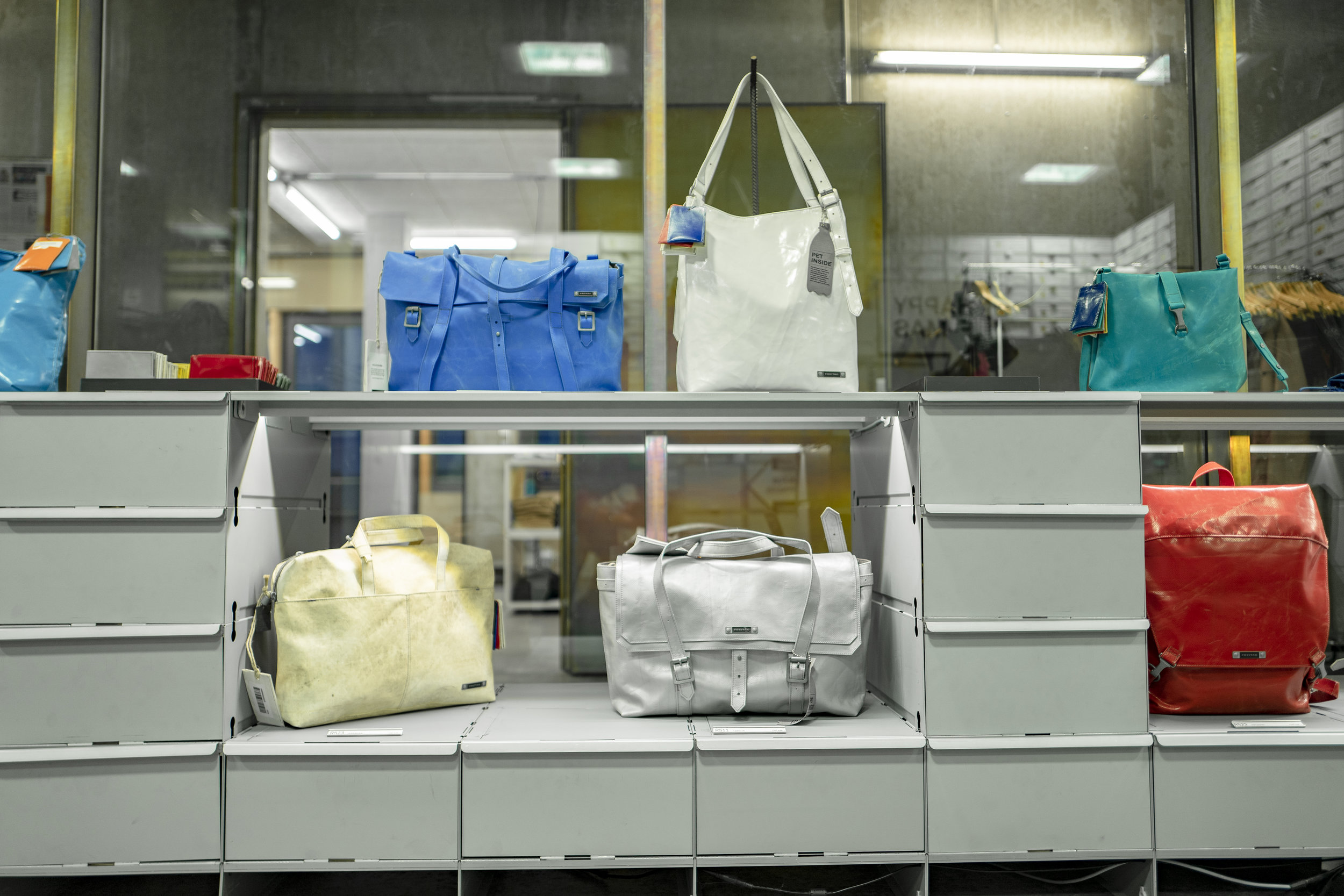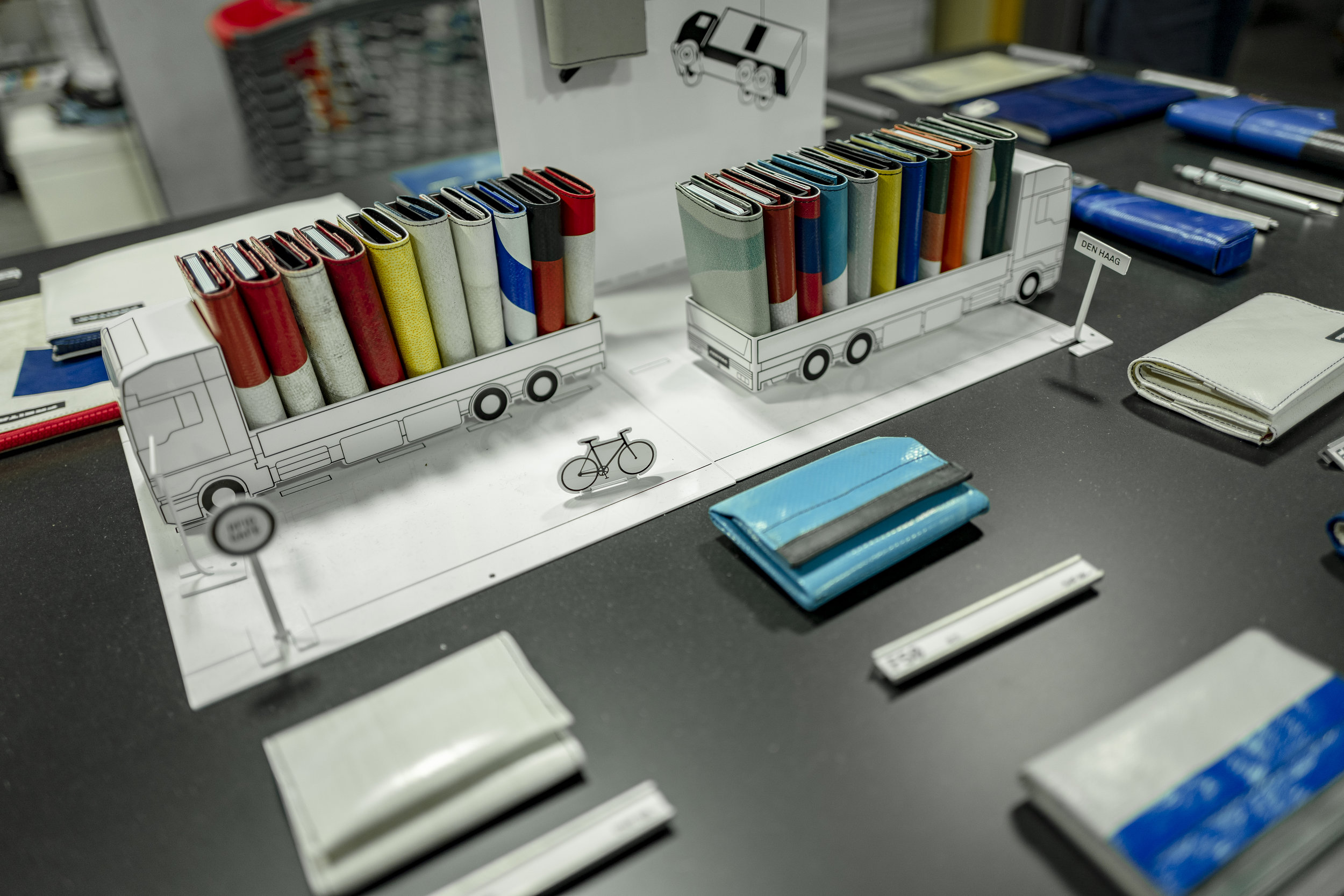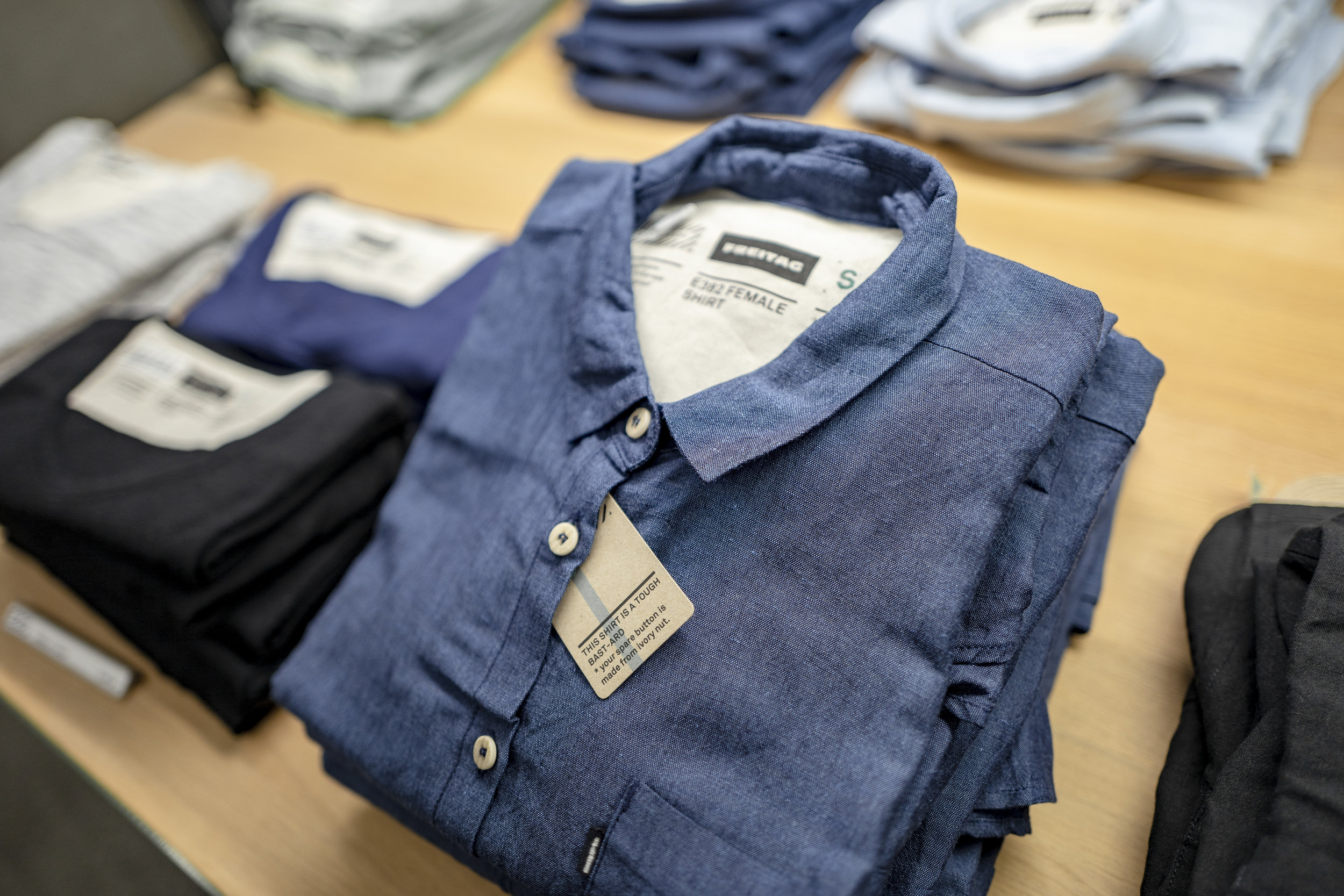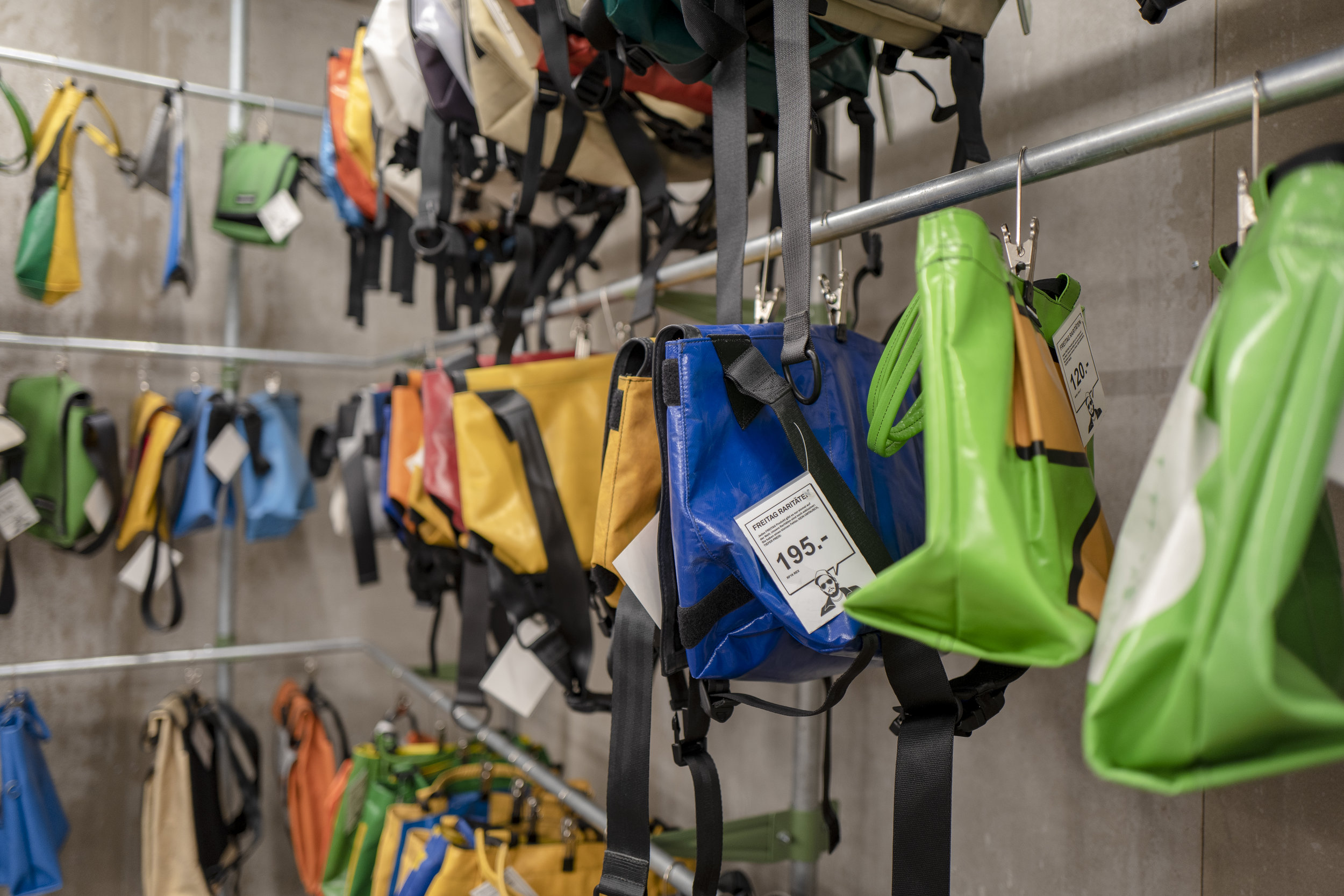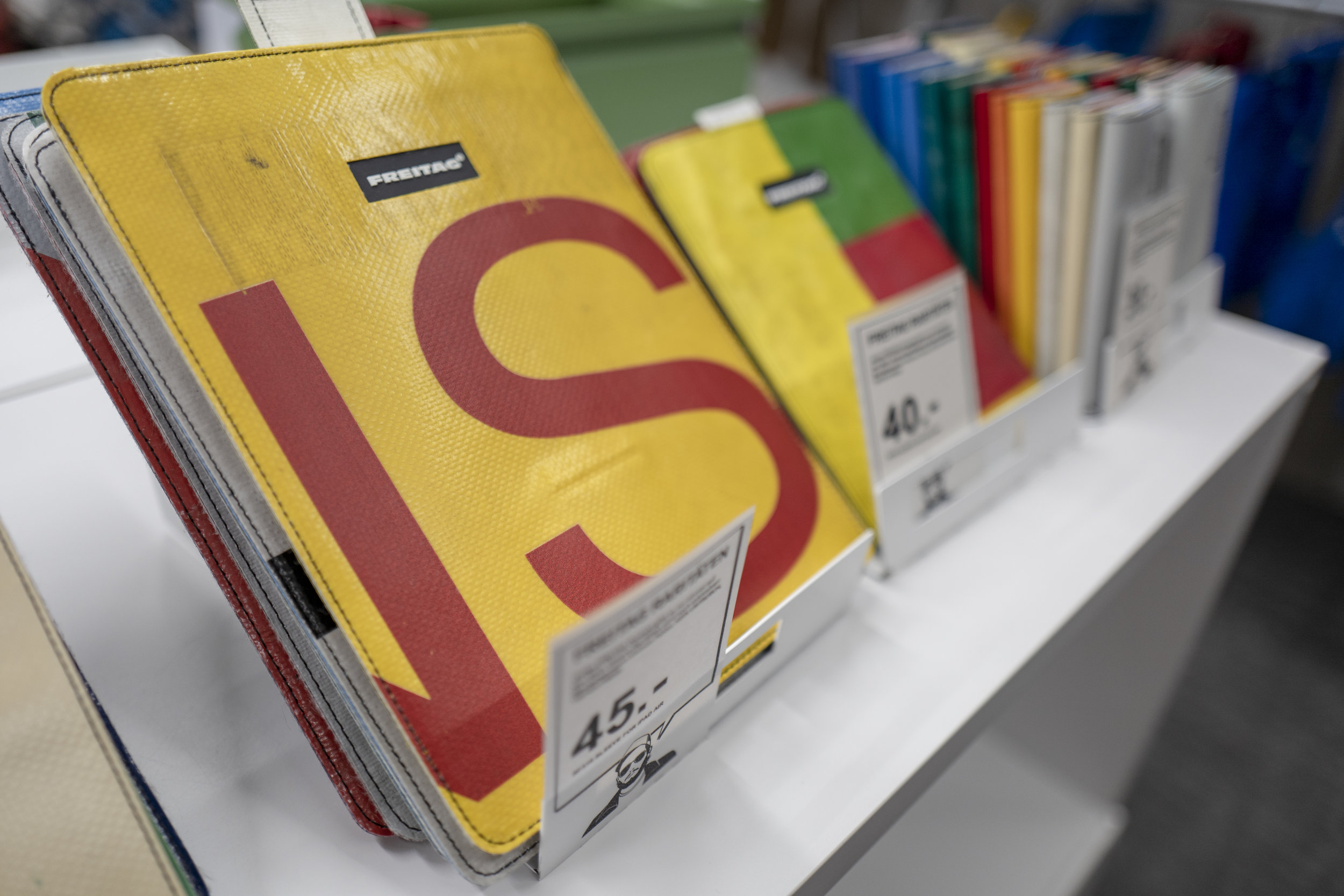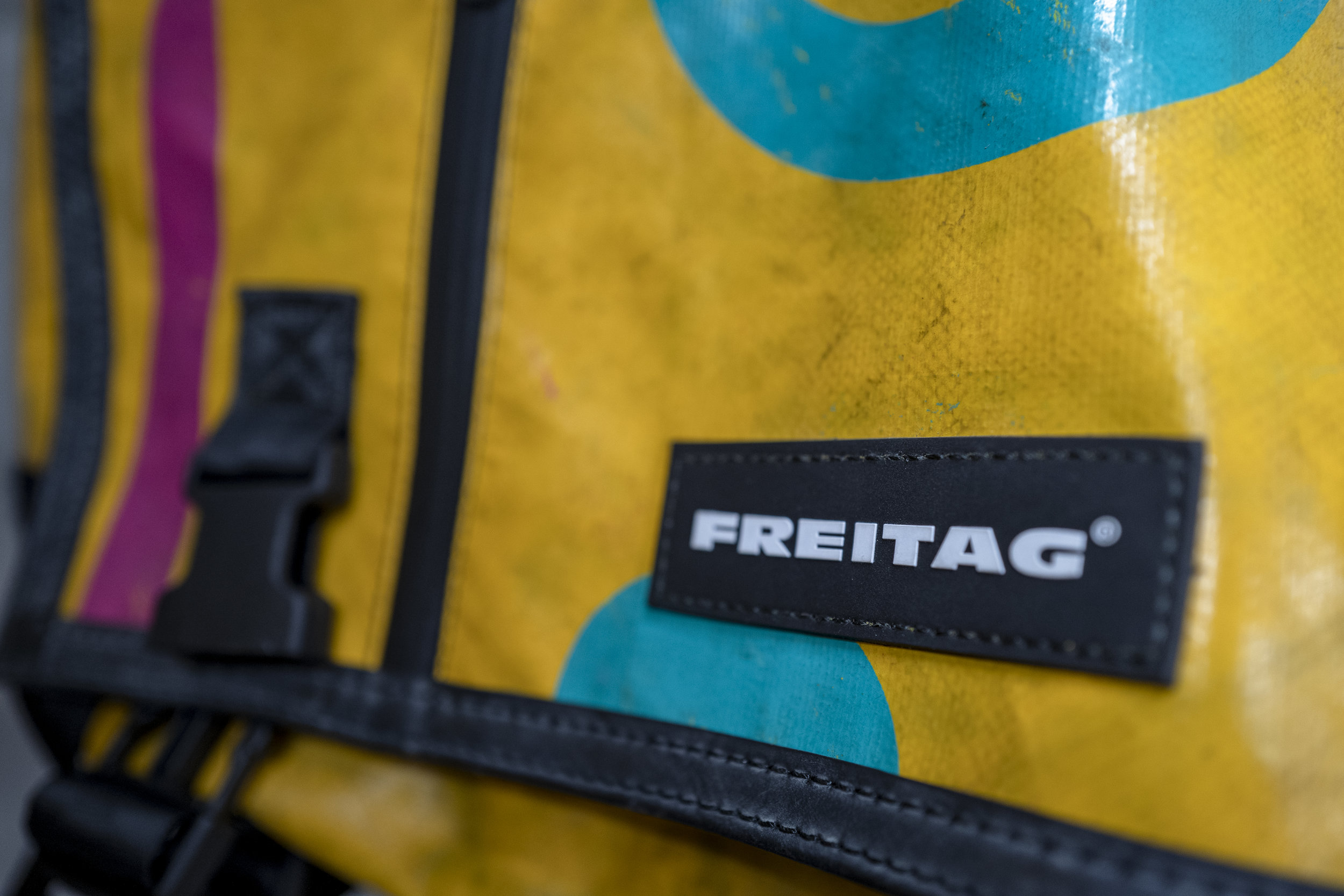A Look Inside Zürich's FREITAG Factory

If you live in or have been to Switzerland, you’ve more than likely seen people carrying the locally manufactured FREITAG brand of bag. They are easily recognized as FREITAG has cornered the market on recycling tarp material into a high-quality bag, piece of luggage, or accessory. Upon first seeing these bags I was immediately curious about the company process, and I have since been fortunate to become friends with one of their design enthusiasts, Nicola Stäubli.
Nico was kind enough to take me through the assembly process from start to finish, and I just had to share this and give you guys a peek inside the factory! This location employs roughly 150 people and is on Binzmühlestrasse in Zürich. There are currently 24 stores worldwide in Europe, Asia, and Australia.
Every bag, piece of luggage, or accessory is 100% unique, and a ‘one-off’ production of an actual recycled truck tarp. Since these items are all produced from recycled material, each item is truly one of a kind. Some items are solid in color and others may have multiple colors. They frequently feature part of a letter, a number, or other markings. The rarest of colors is black since it’s not often used for this material in cargo protection, in large part due to temperature effect. You see a lot of bright colors such as red, yellow, white and blue.
Step 1 - Acquire and Sort Raw Material
A grand logistical plan is needed to track down so many truck tarps precisely when they are being retired after five to ten years on the road. Once sourced and arrived at the factory, the used tarps are all very organized in the first phase of the production. There are rows of shelves, all full of tarps sorted by color. As you can expect, it’s not an easy process to manage supply given it’s recycled material and still meet consumer demand for colors and styles. FREITAG, however, still manages to accomplish this feat.
Step 2 - Trim For Production
The cutting area is large, roughly the size of a truck trailer, and is extremely organized and designed for efficiency. The tables are massive to accommodate the material and allow for large scale cutting to downsize for the next process. As hooks, eyelets, and grommets are removed, they are discarded through a chute to a bin for collection. Even these items are then down-cycled to a construction company to reuse which is an additional expense but a step in sustainability.
Step 3 - Wash and Analyze
Just as you would expect, a large piece of material such as this calls for a massive industrial-grade washing machine. In continuing the philosophy of recycling, FREITAG manages to collect rainwater for use in the wash phase. This was a considerable expense that takes a couple of decades to pay off but further highlights the company’s commitment to sustainability. They begin the wash process once they know which bag they will use the material for so it’s as clean as possible for the cutting and assembly processes.
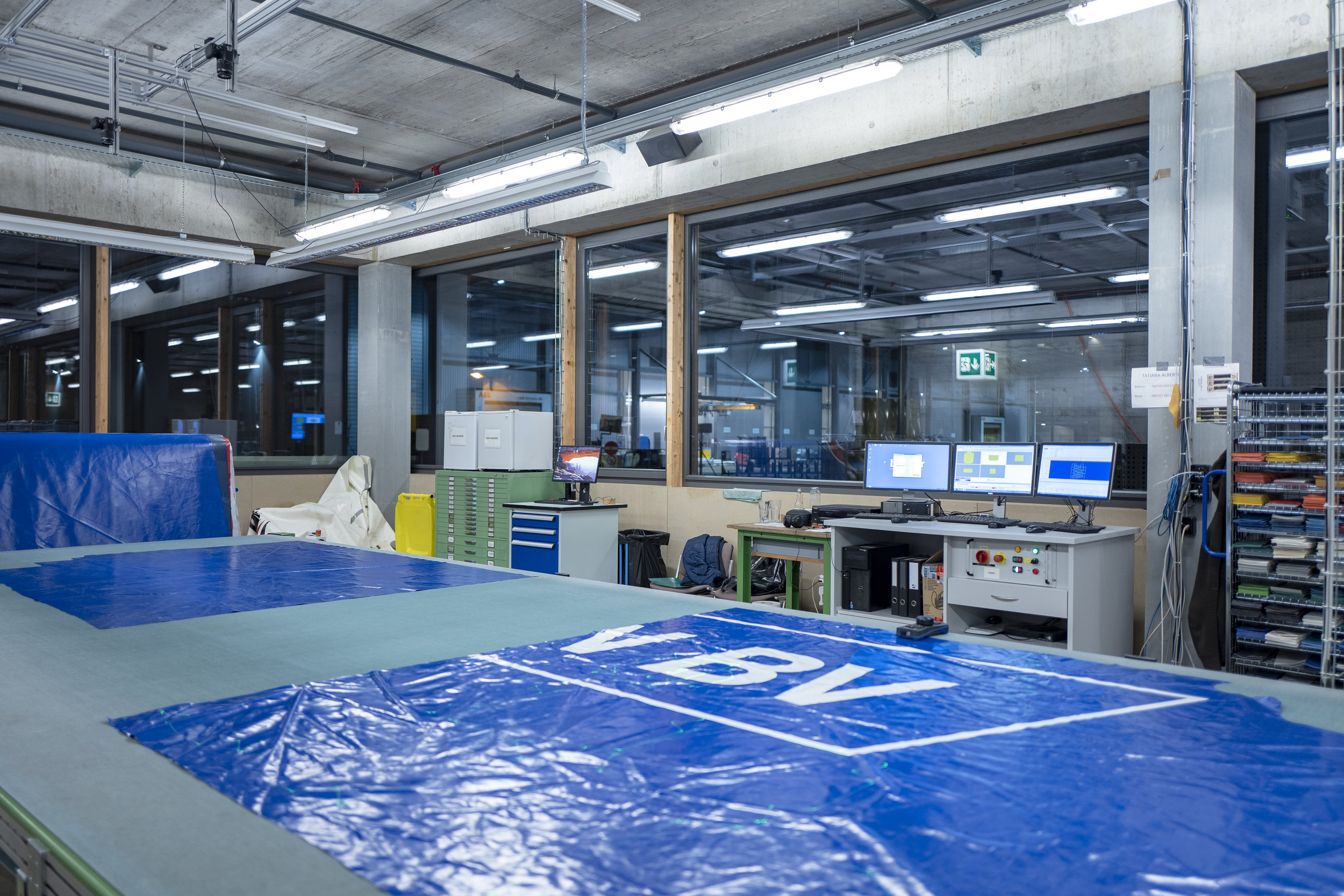
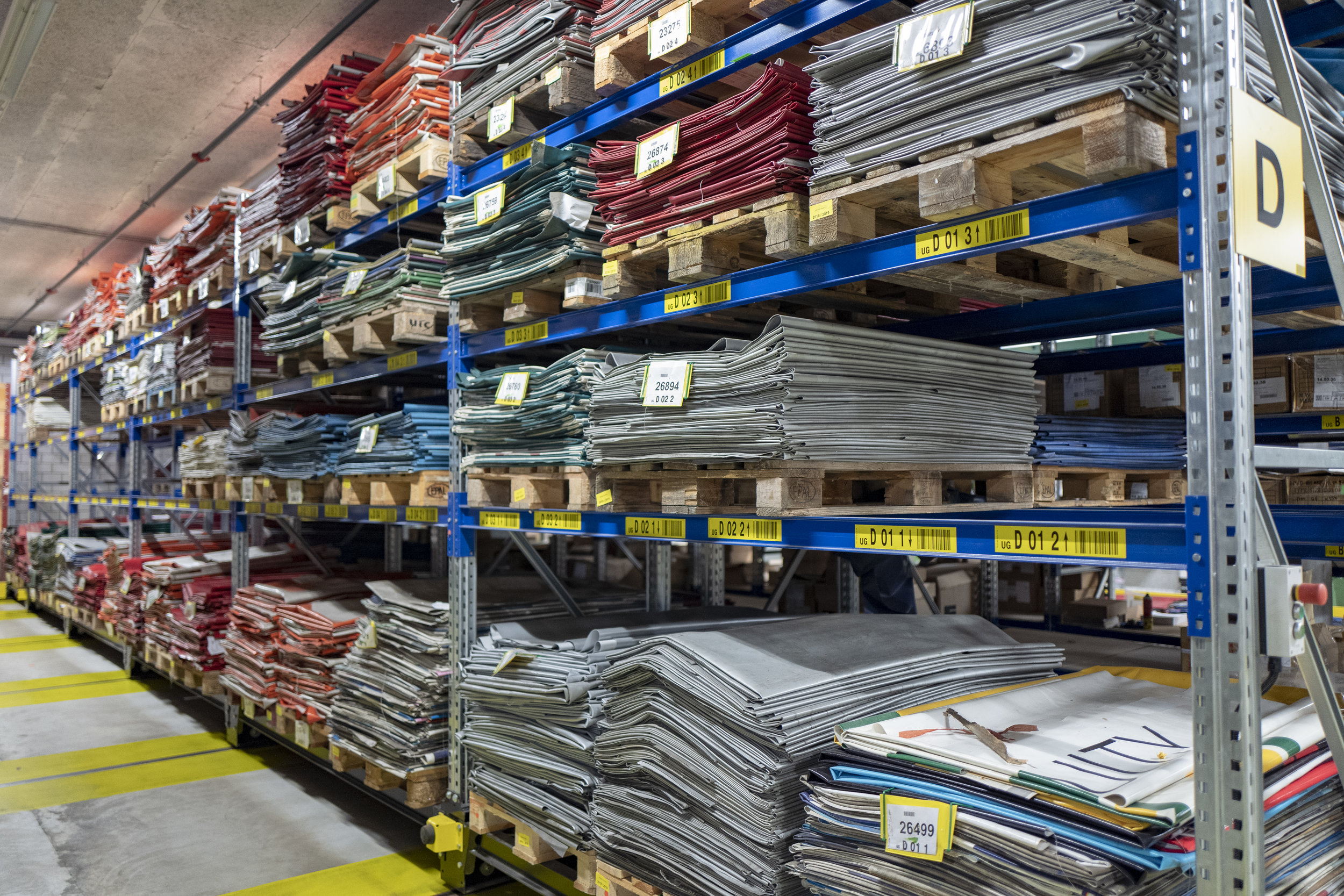
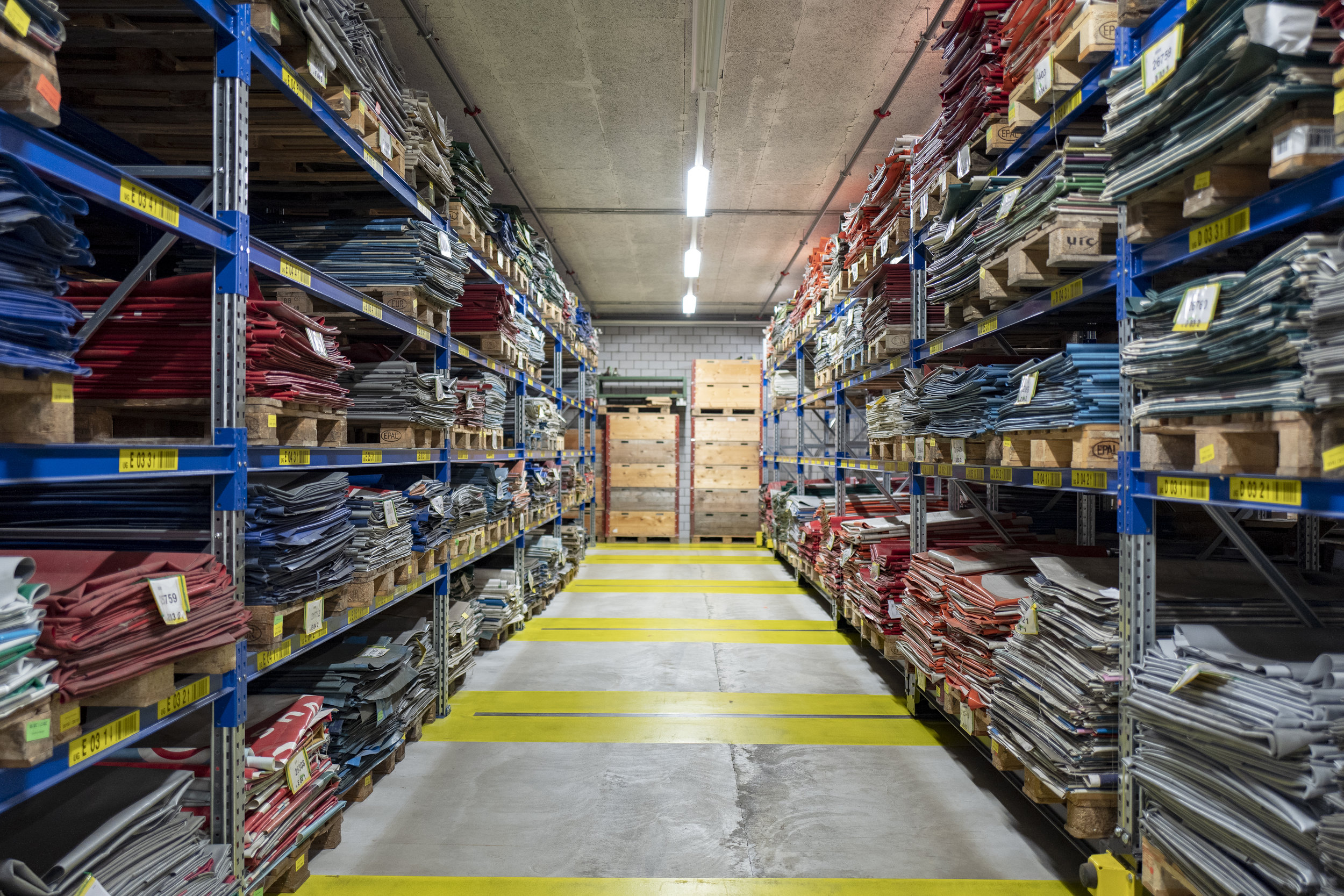
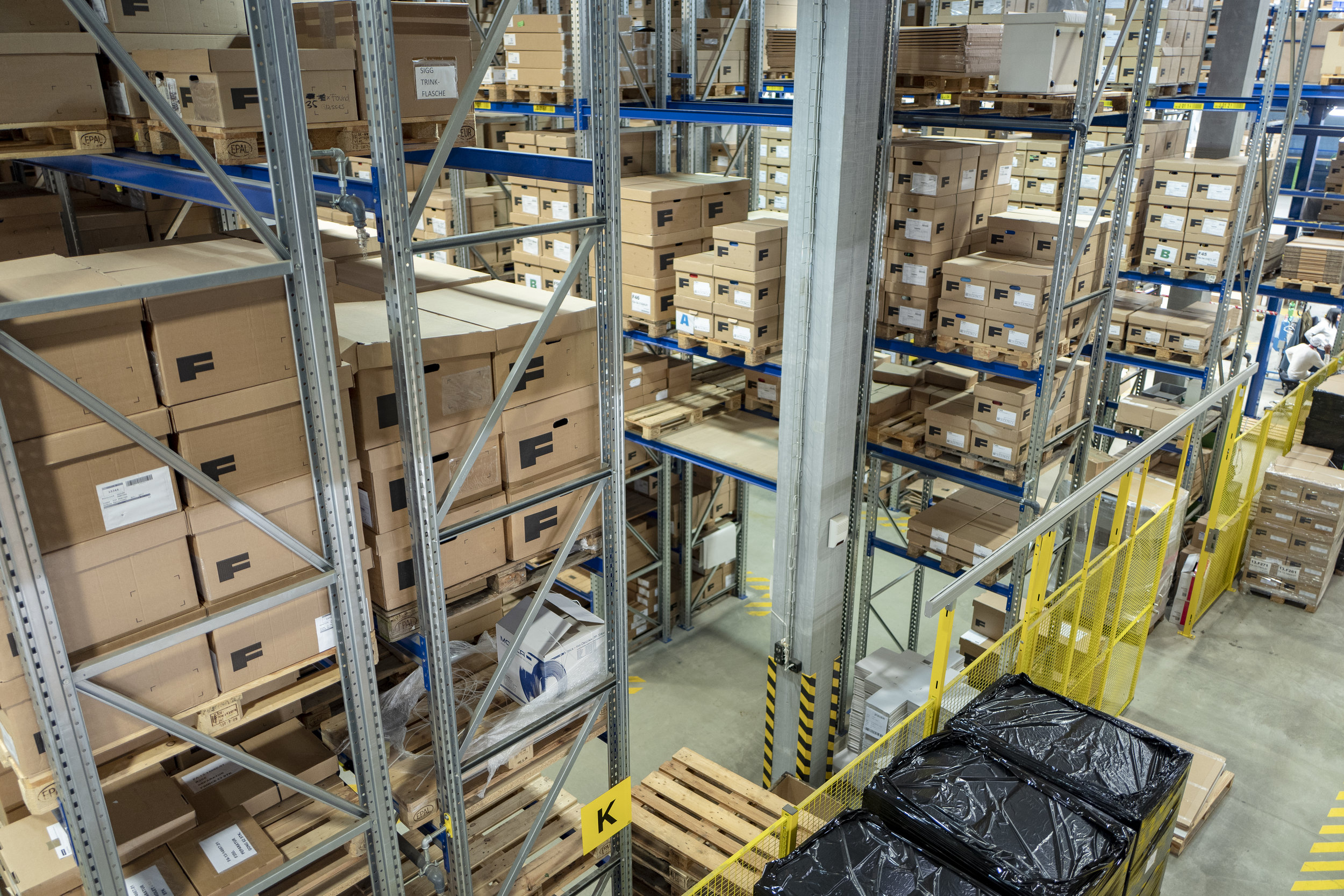
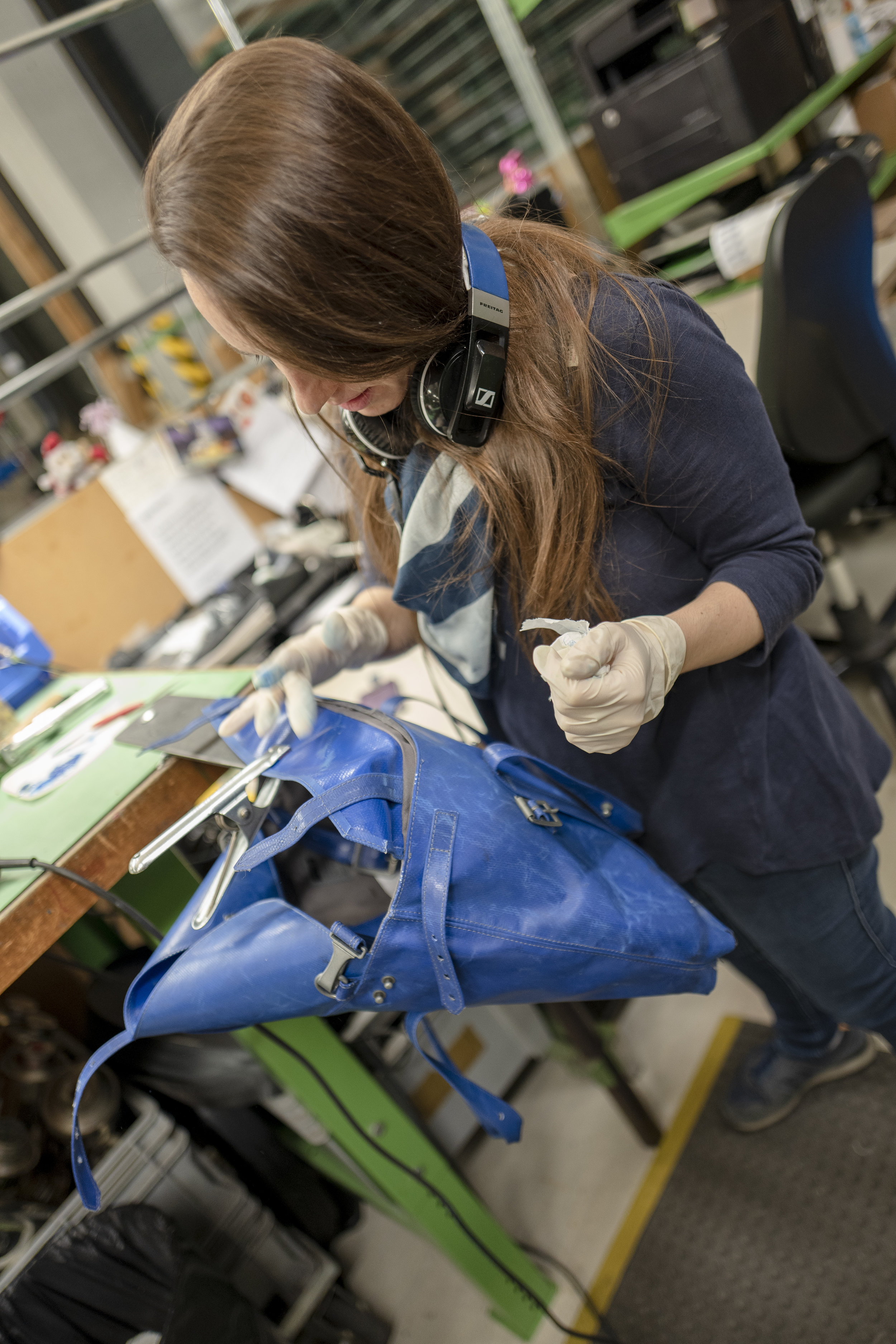
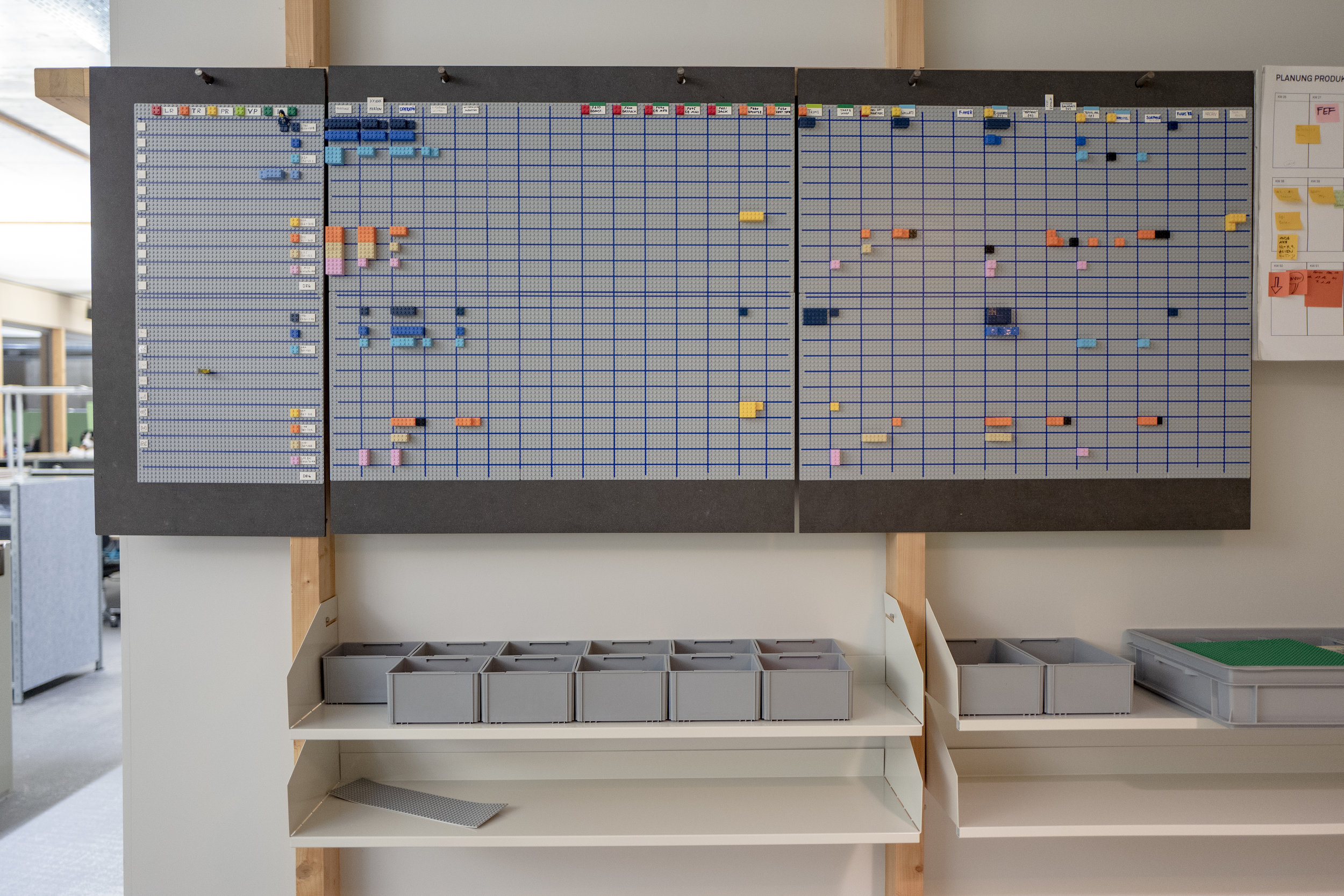
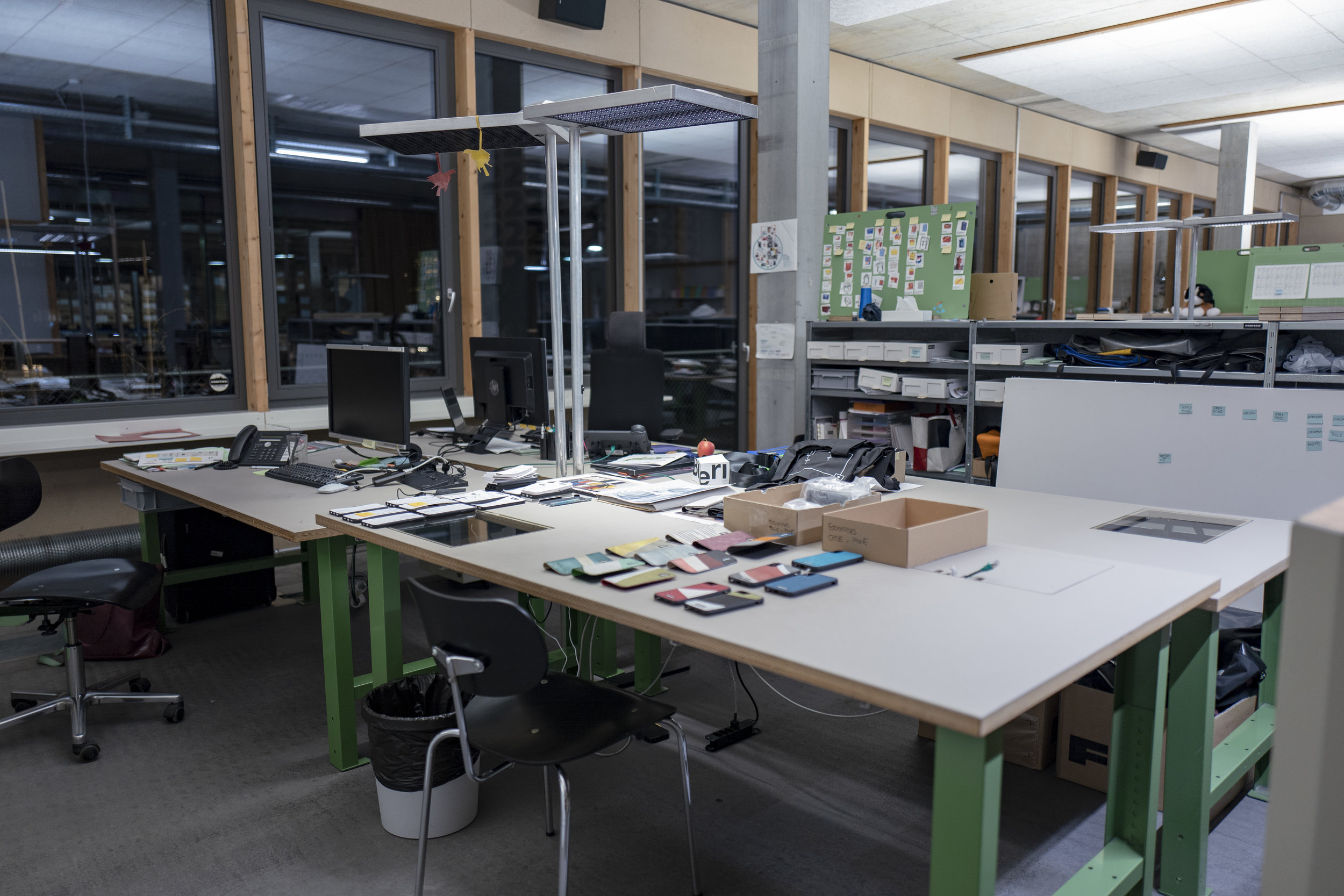
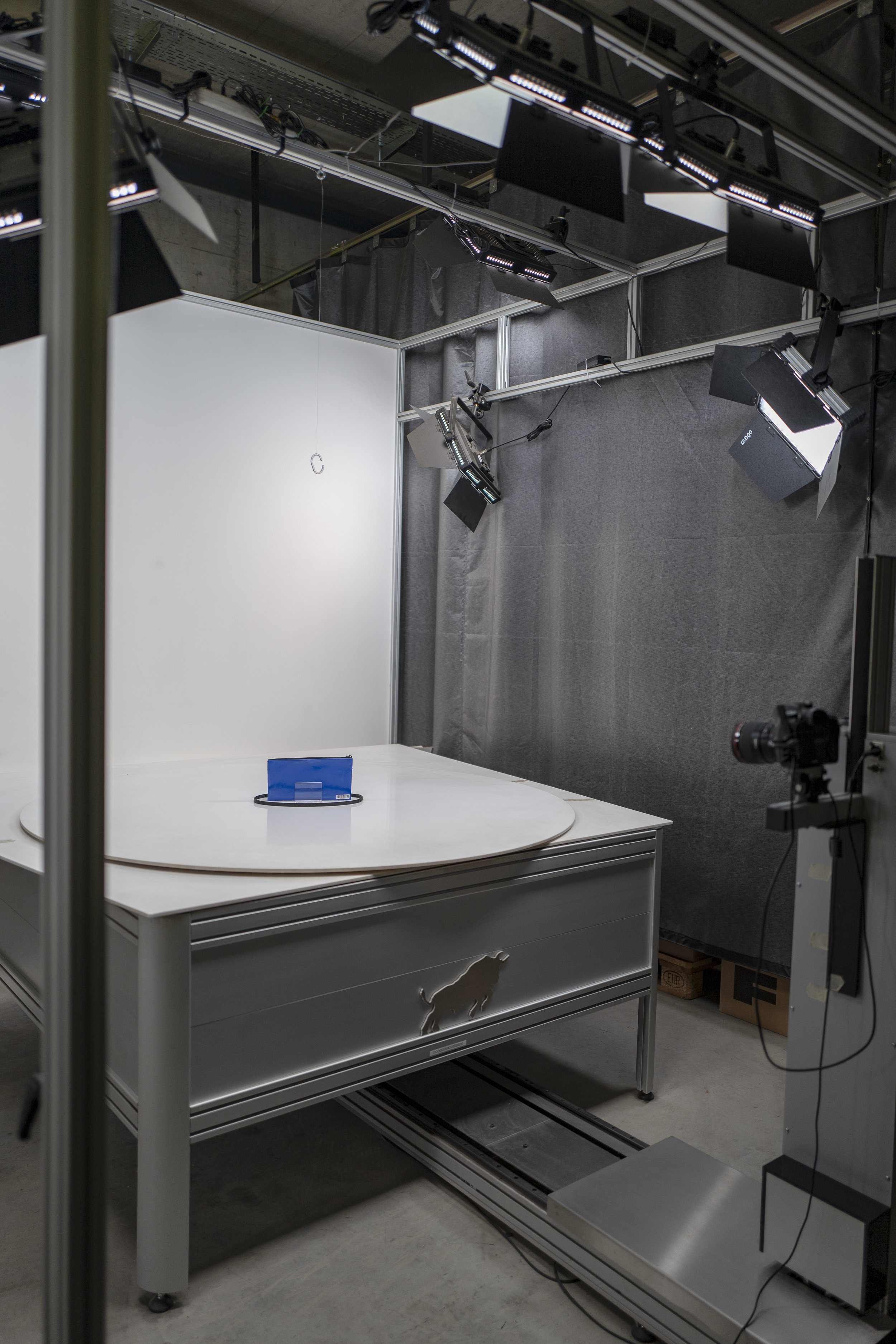

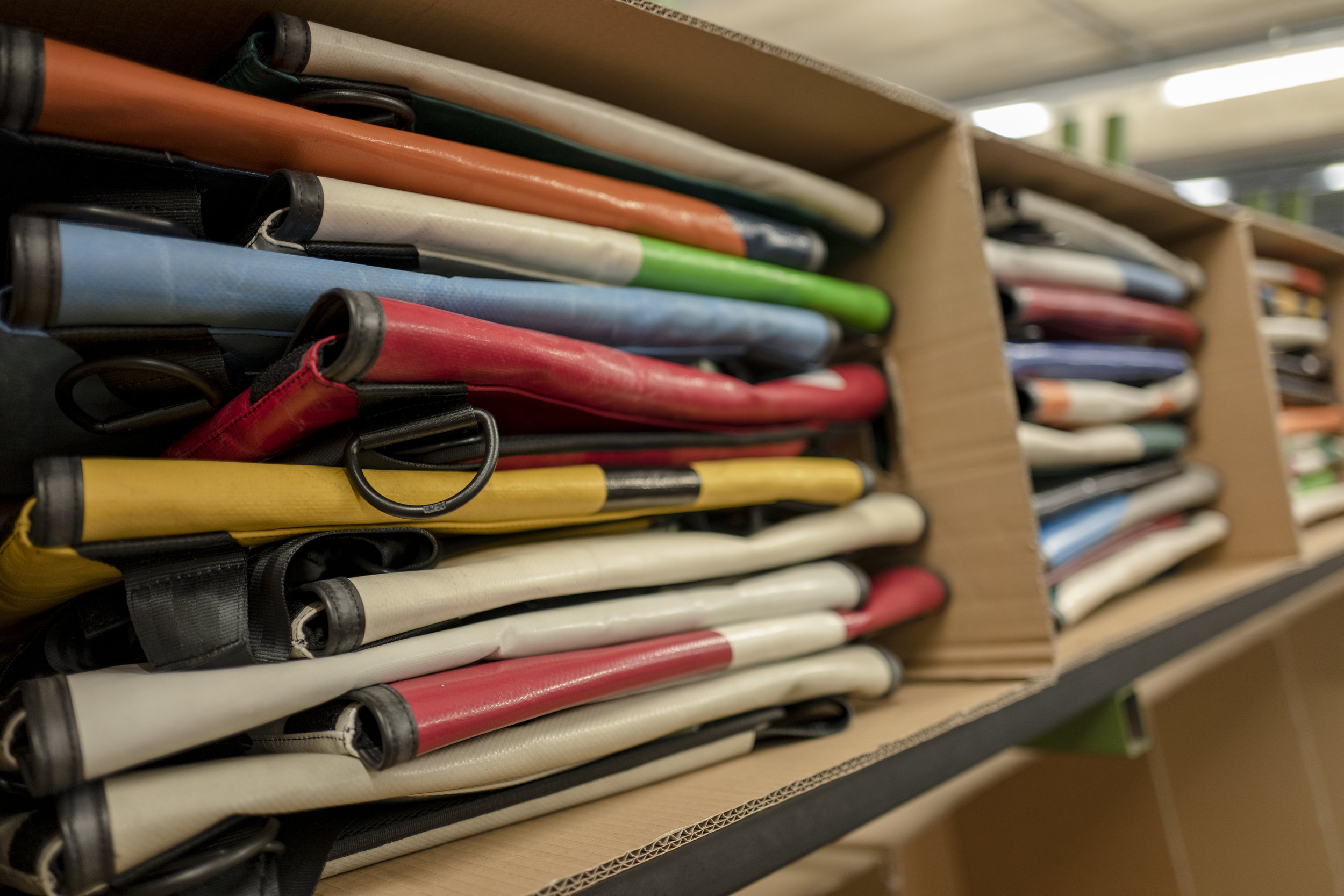
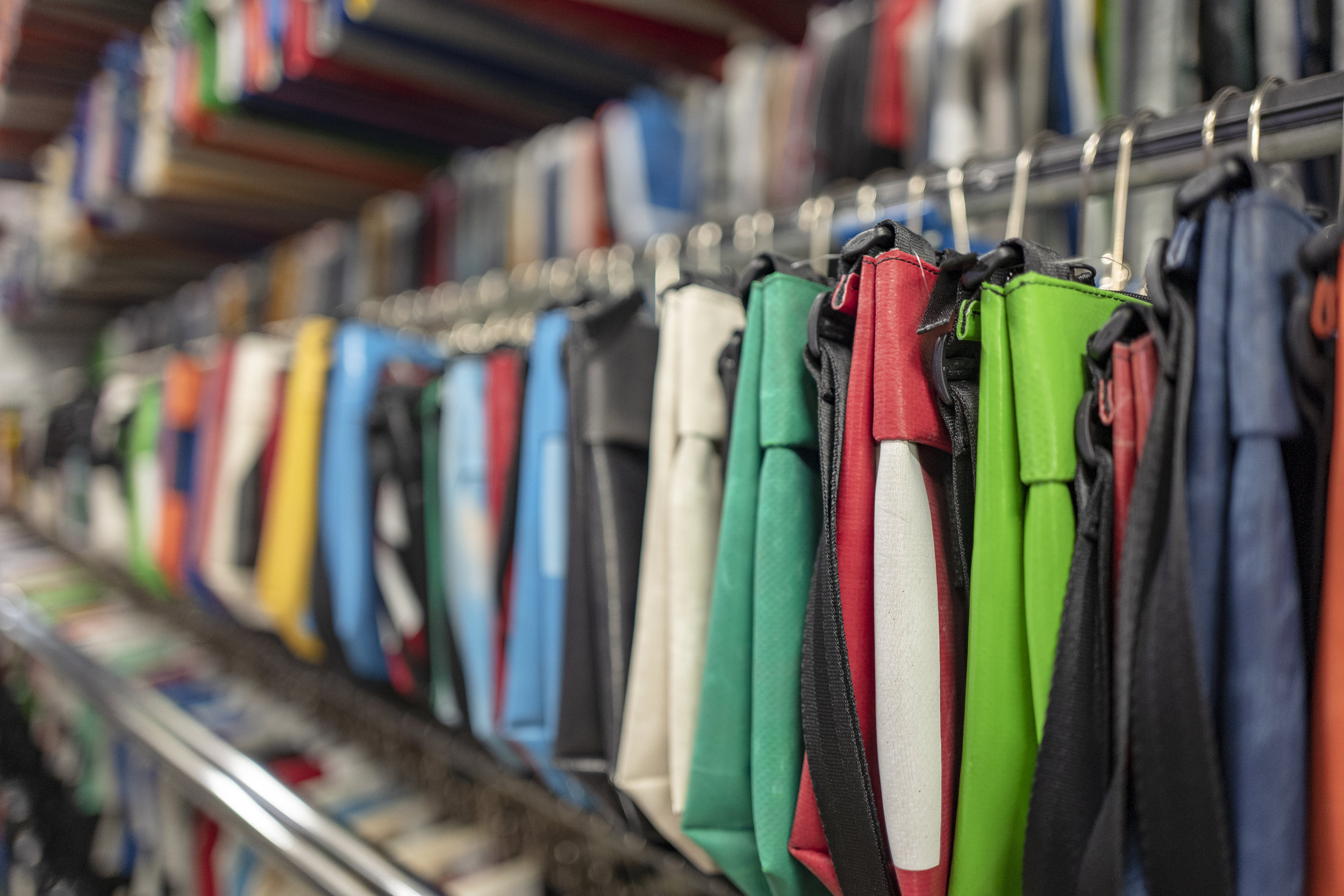
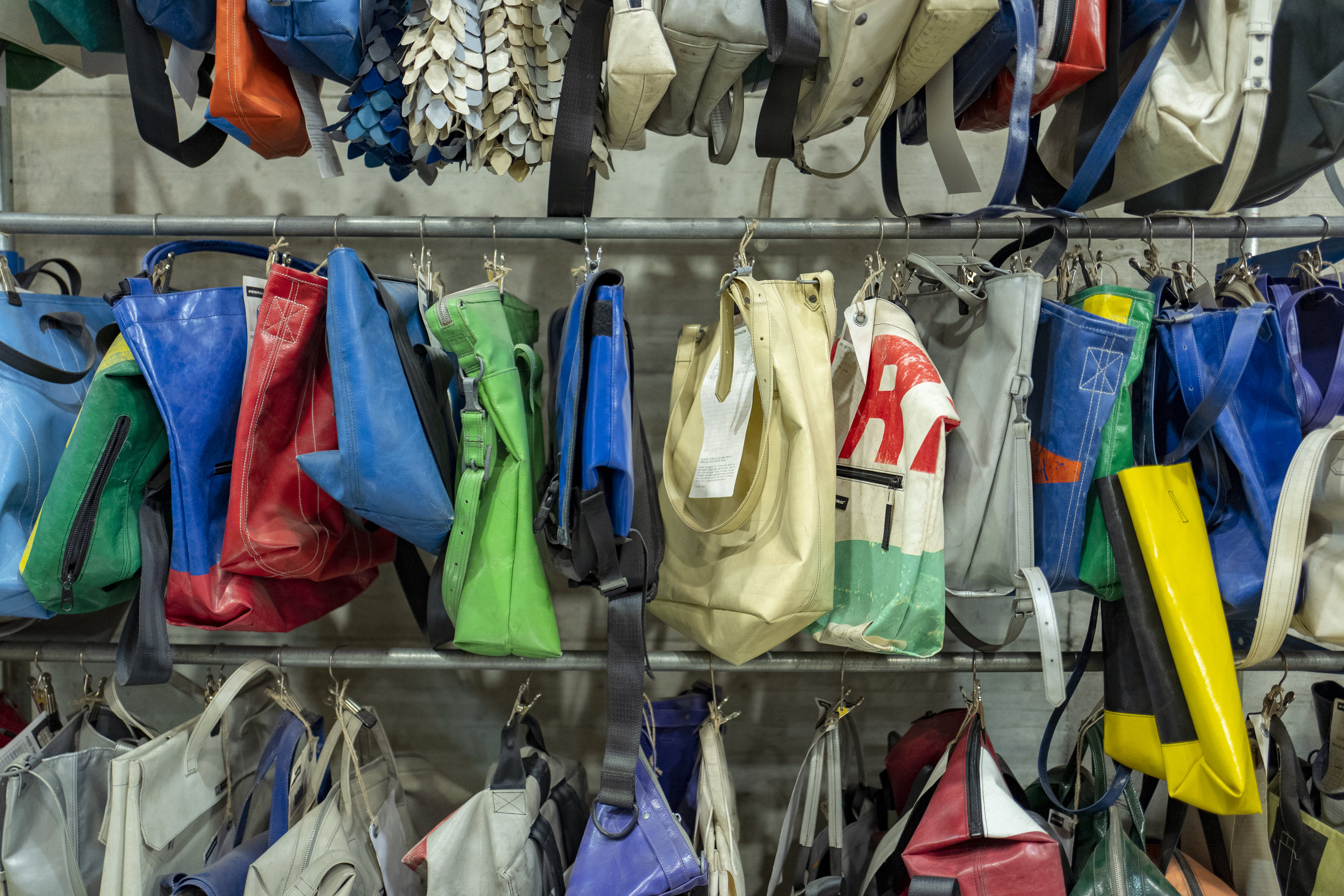
Step 4 - Cutting
There are two ways these bags can be produced, by a digitalized cut or by hand. Both are possible and current methods of production. I was able to see the templates for cutting and was impressed with just how many pieces go into making a classic messenger bag. It's impressive! The digitalized cut is obviously the most recent method thanks to increased technology. We also walked through a repair area nearby where you can send your FREITAG item for repairs. This was a testament to the reliability of the bags and ultimately led to my bag purchase! Some of these bags had seen quite a bit of use and wear… far more than most brands can sustain!
Step 5 - Assembly
Upon cut completion, each batch of materials for unique items are placed in order and sent for final assembly.
Step 6 - Photograph and Online Listing
Every step FREITAG takes in converting a tarp into a bag is very clean, efficient, and calculated. I loved it, and as a photographer I found the photography process to be fascinating. Since each item is indeed one-of-a-kind, a single object being photographed for multiple stocks is not possible.
Each online item is individually photographed with 8 shots via a 360-degree station rotation process. When the item sells, the photos then have to come down from the online store and 8 new ones are loaded for the next item. This is unique for the online items whereas the items sold in their brick and mortar stores or in one of their wholesale partners are being photographed once.
I have quickly fallen in love with the FREITAG brand and am an owner of a cement grey ‘Clapton’ and will soon order the ‘Miami Vice’ and ‘Hazzard.’ If you have any questions or comments, feel free to reach out! In learning more about the local brands and culture, I hope to have more articles like this soon!
Useful Links
FREITAG Main Website
FREITAG Store Locator
FREITAG Product Overview
I'm a US expat, blogging photographer and world-traveler who may or may not like tequila a bit too much.
